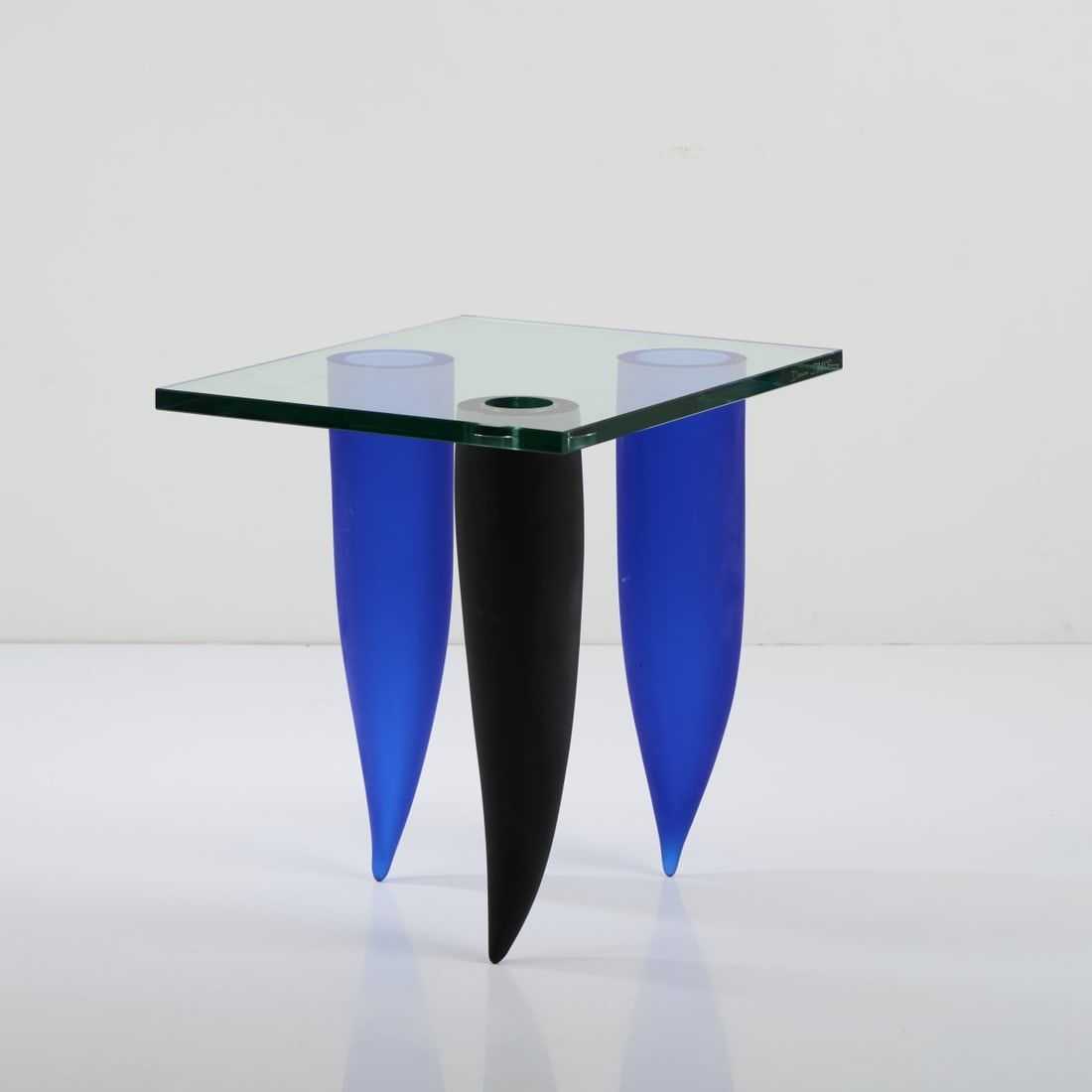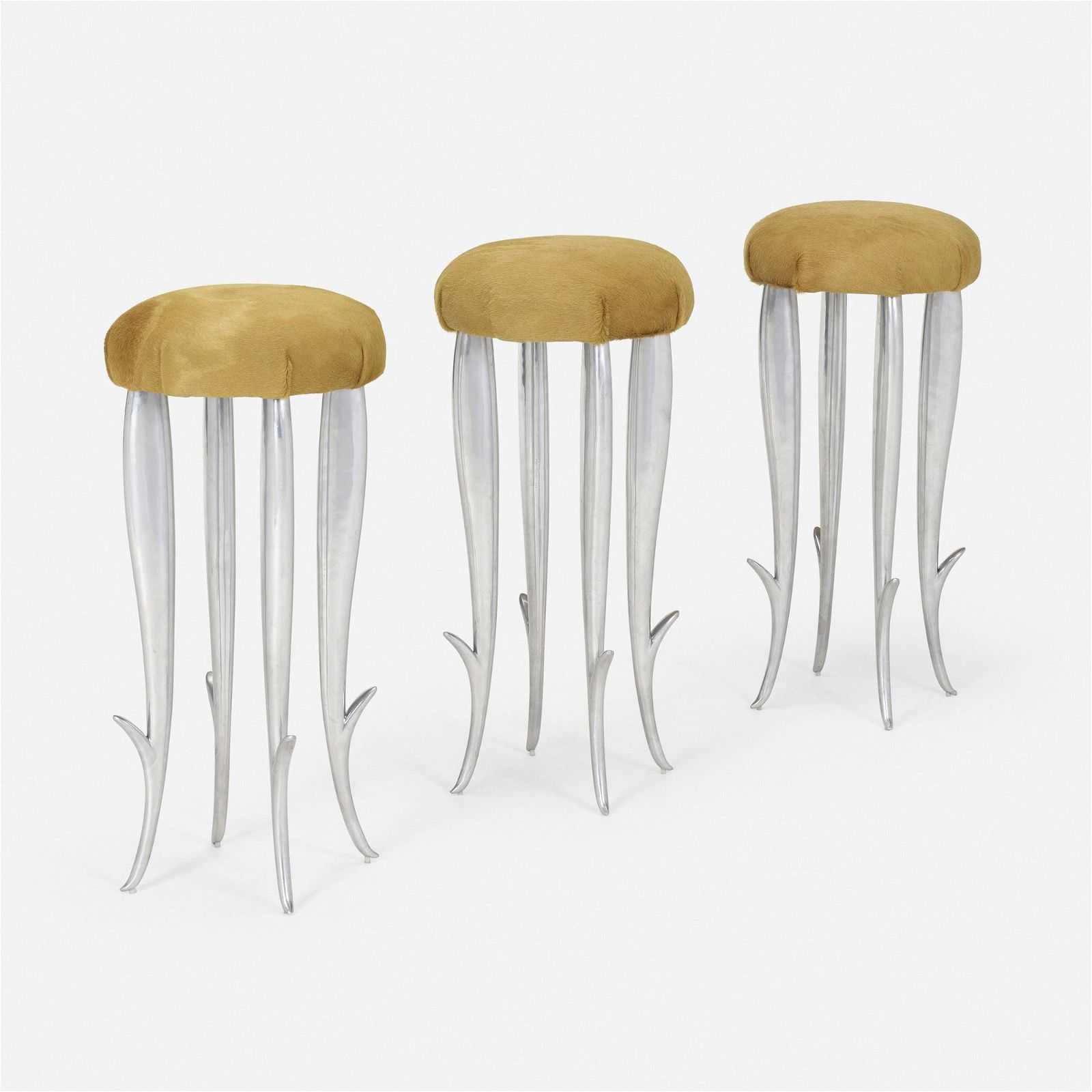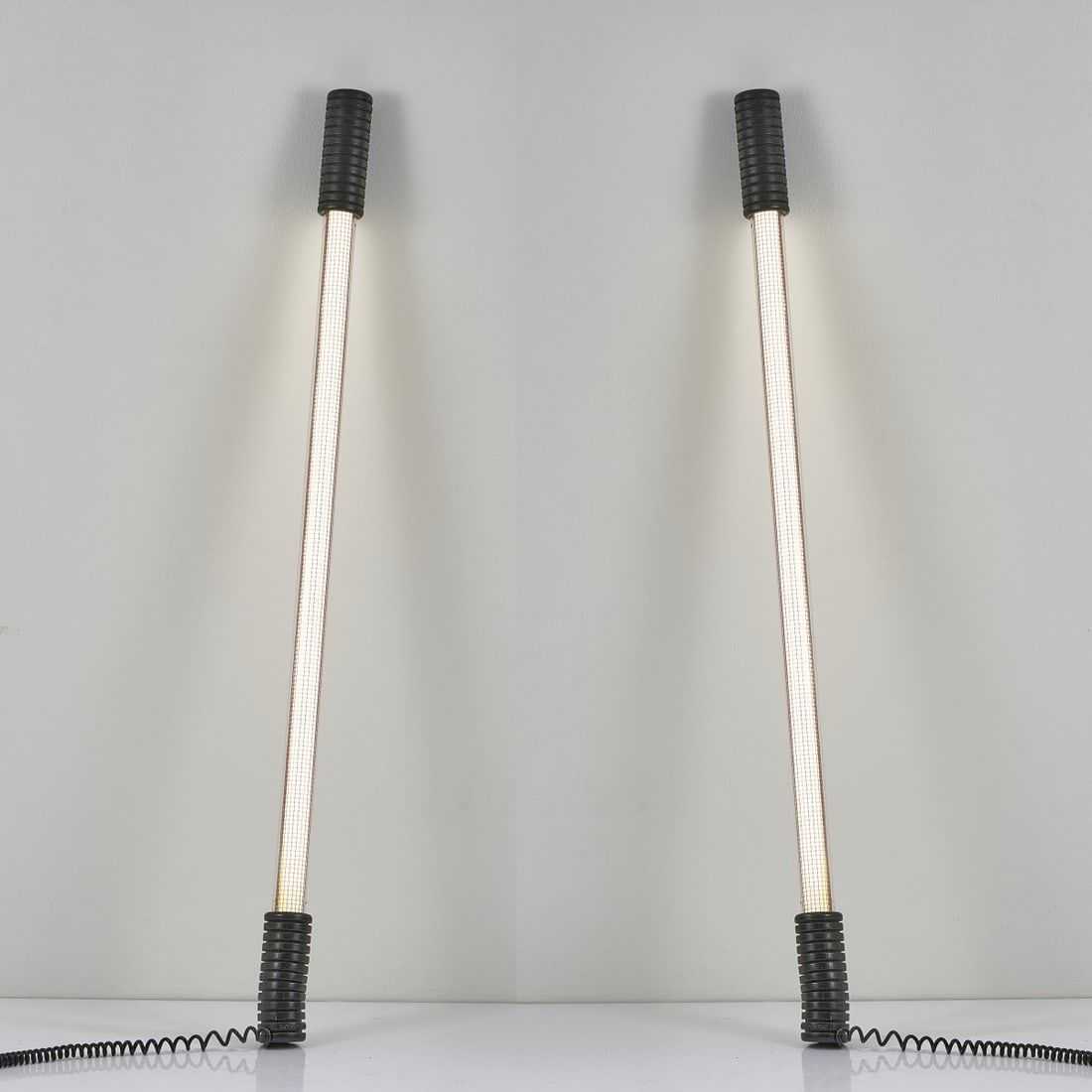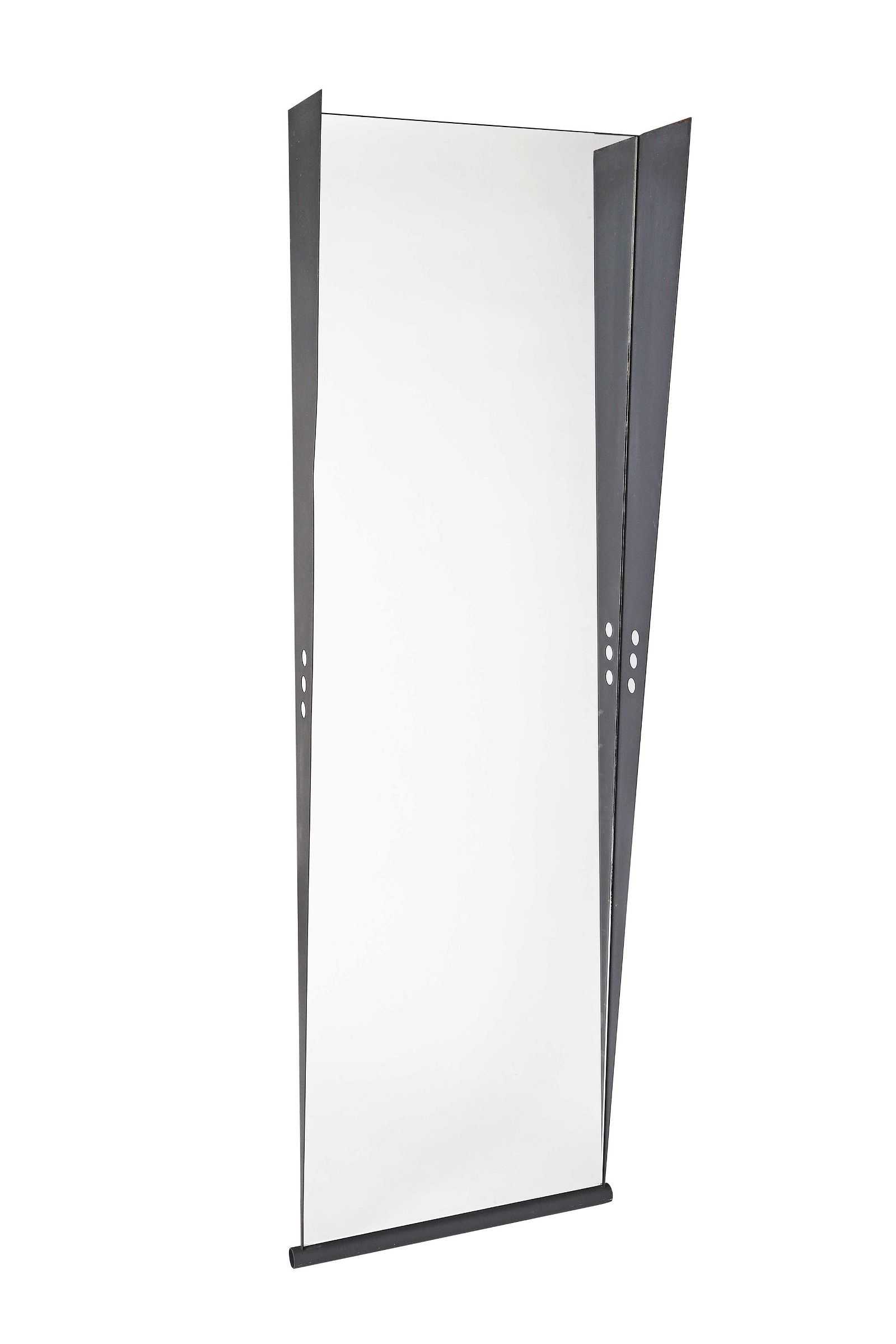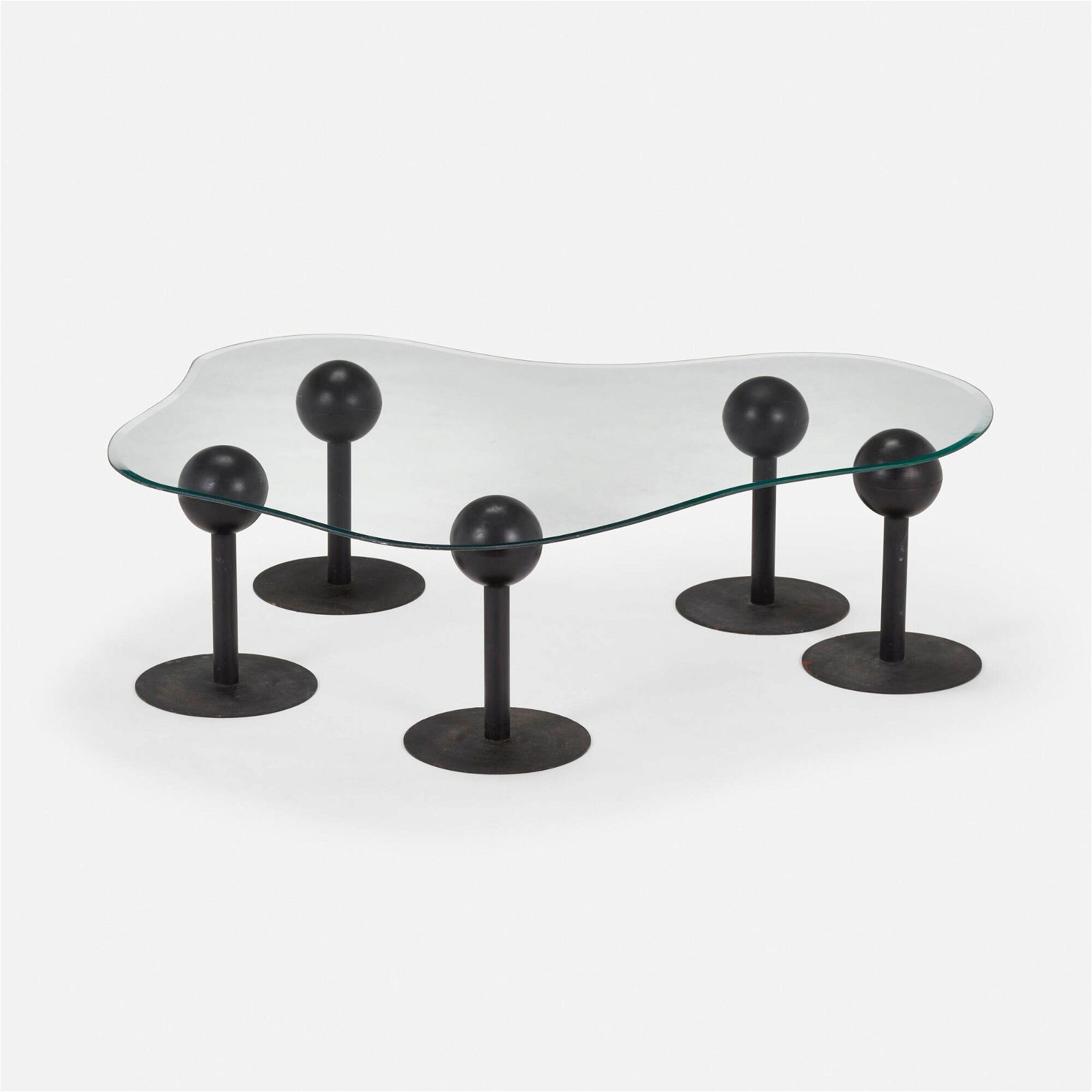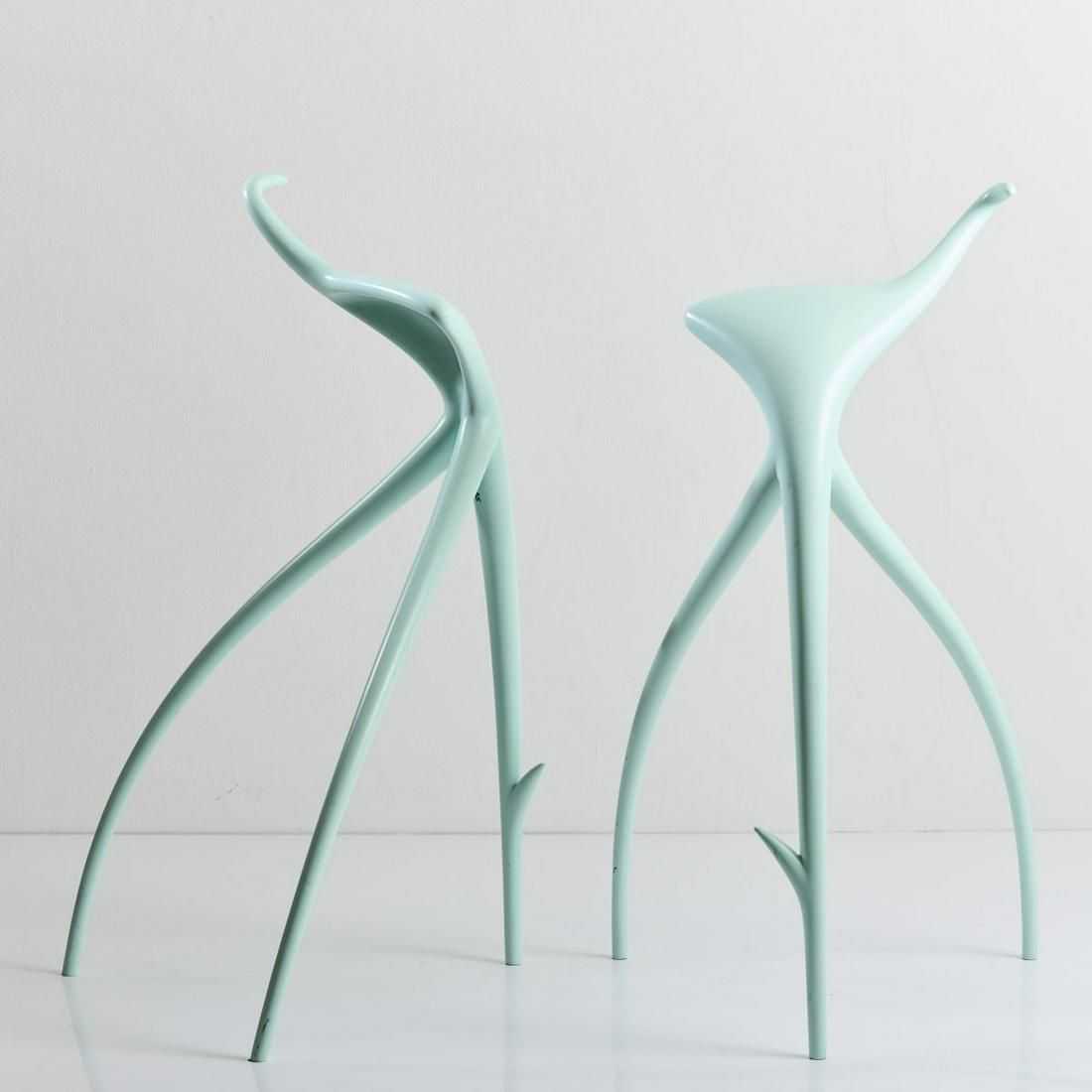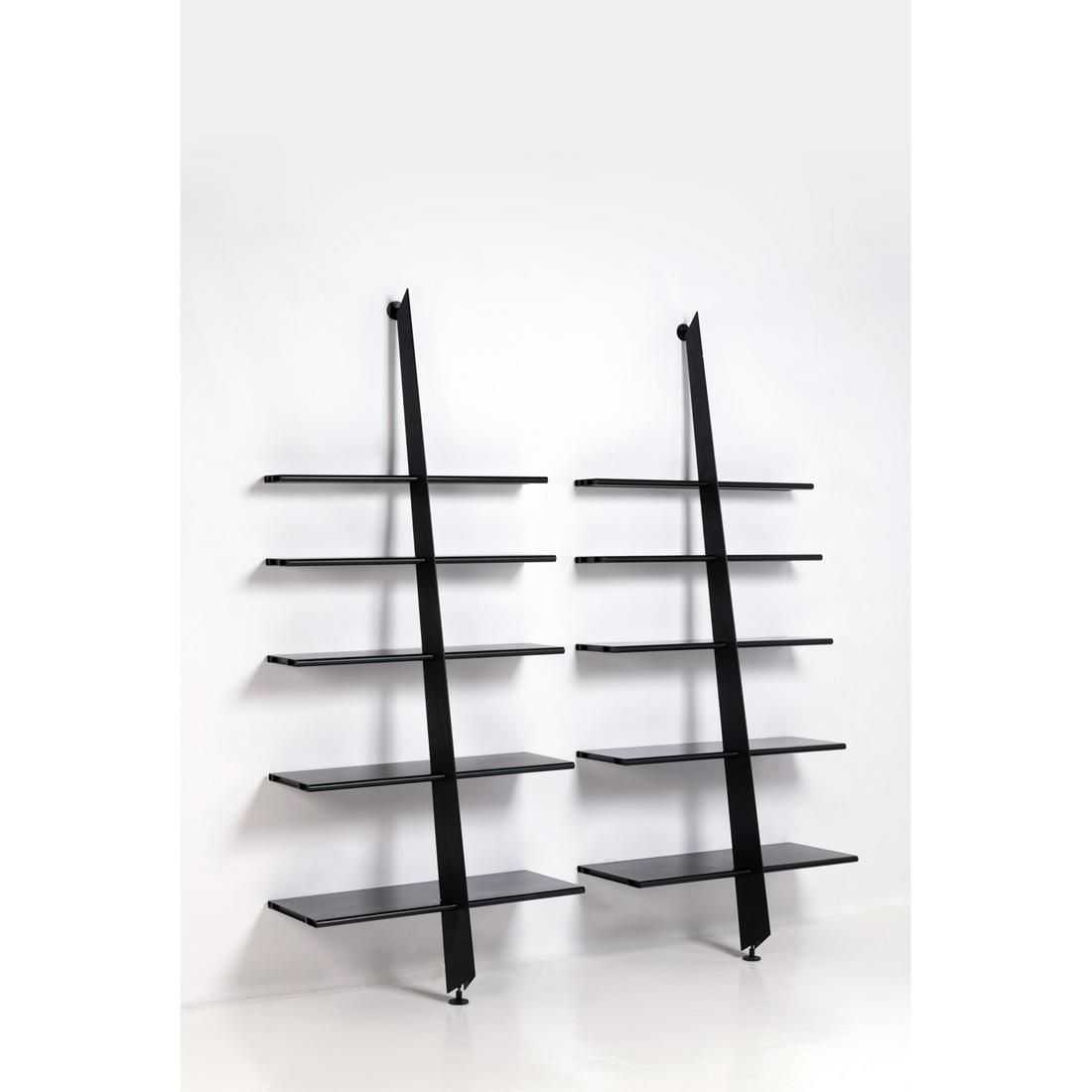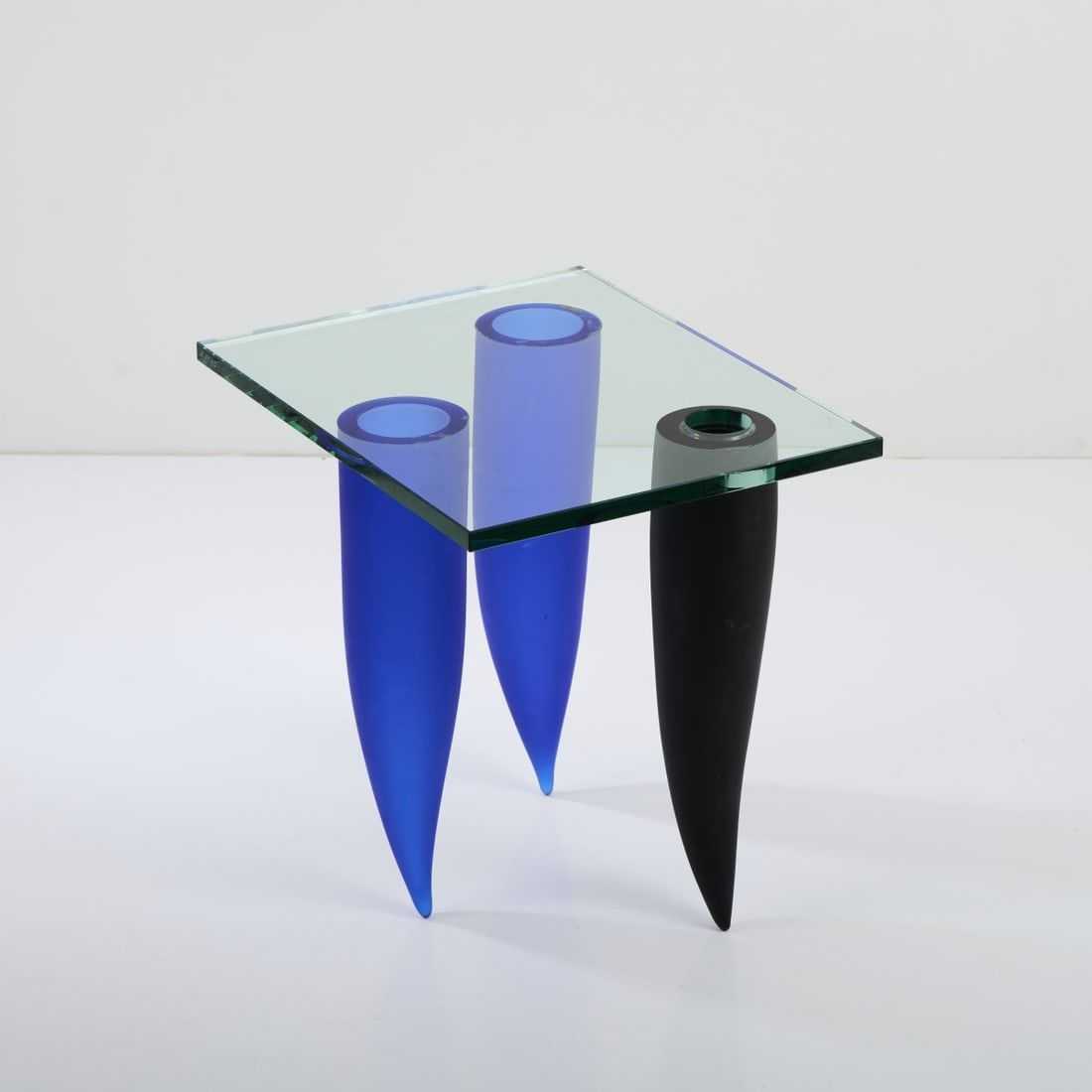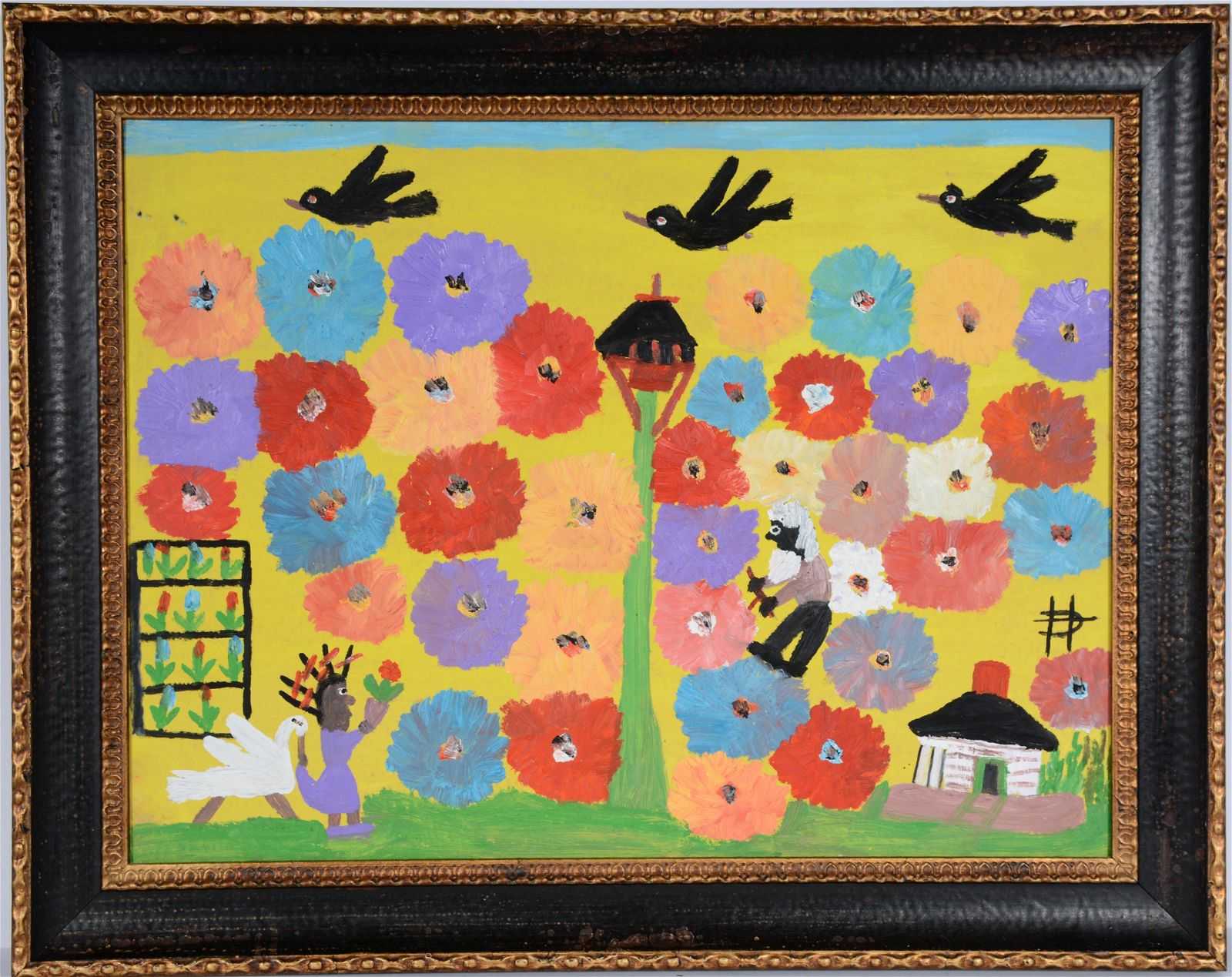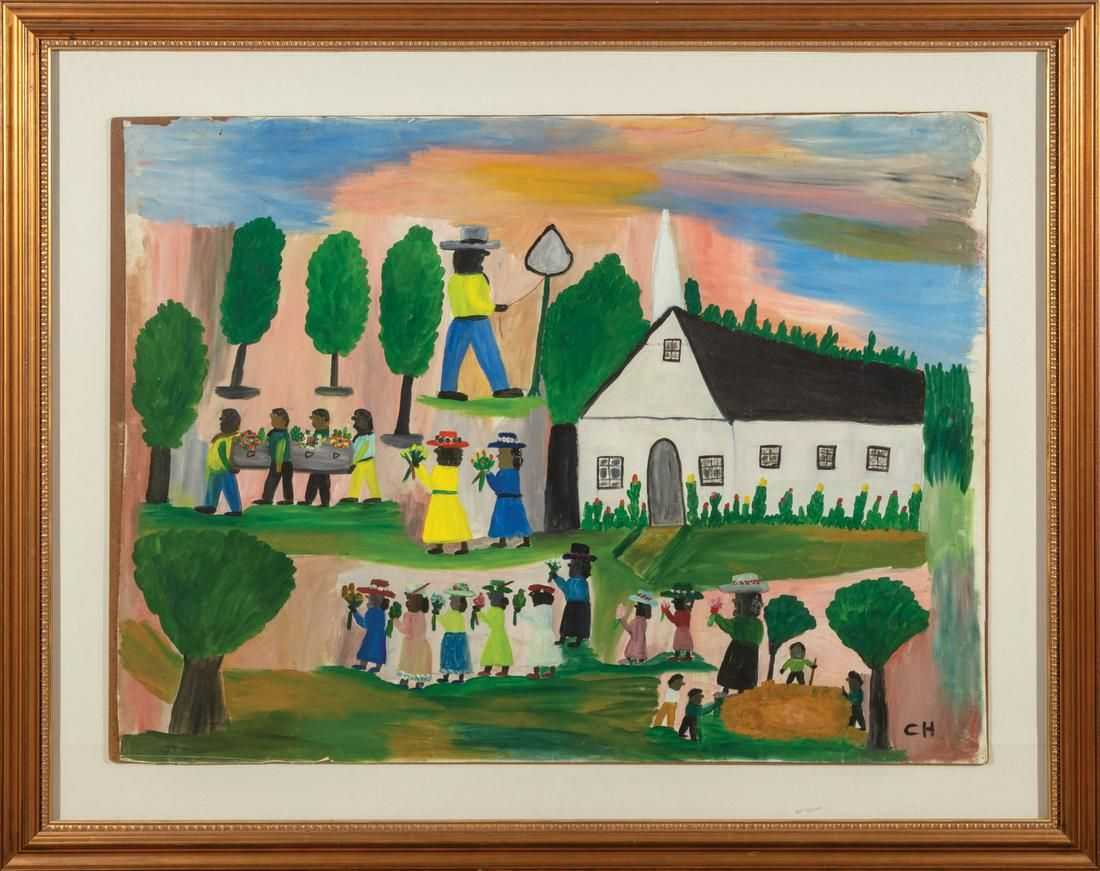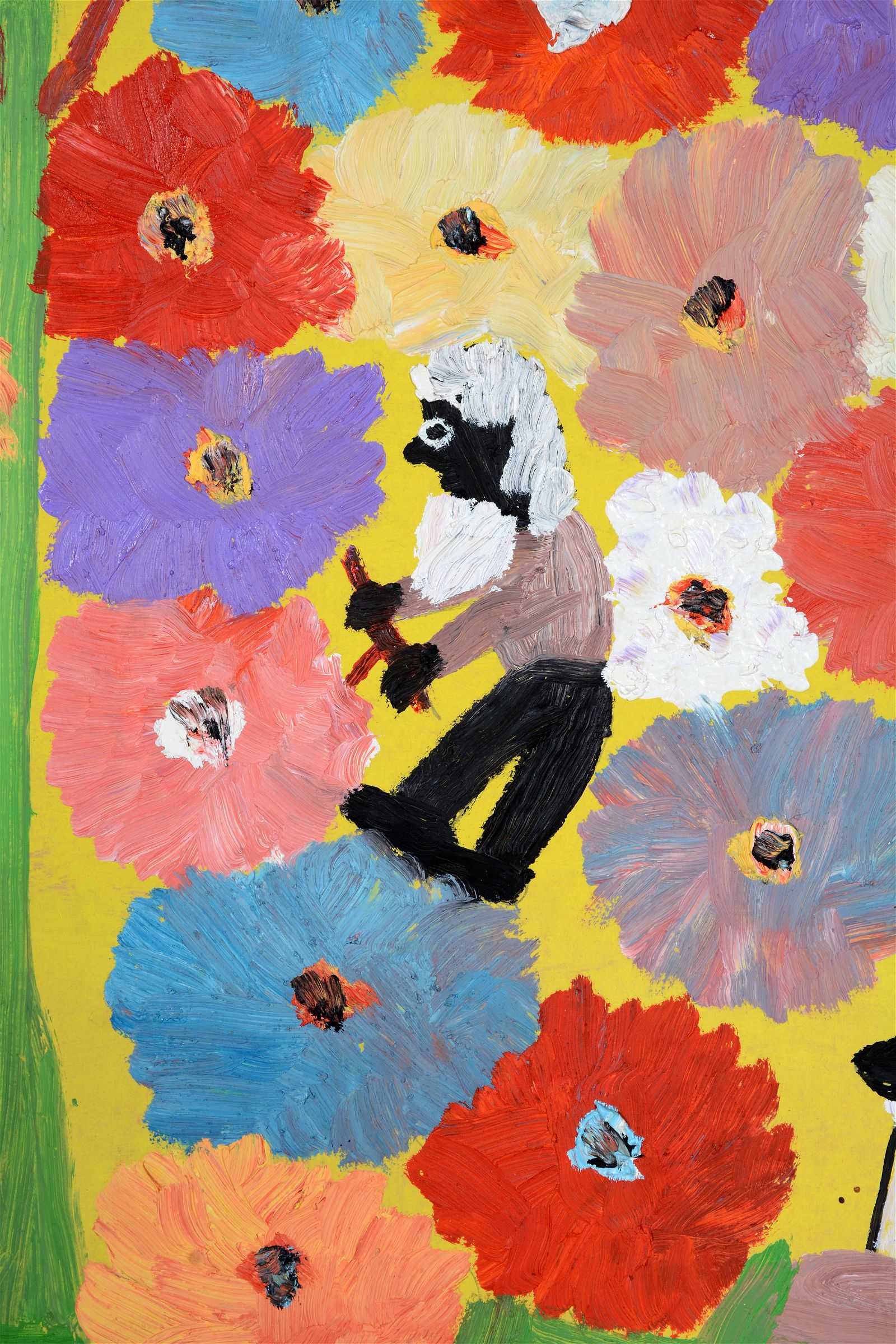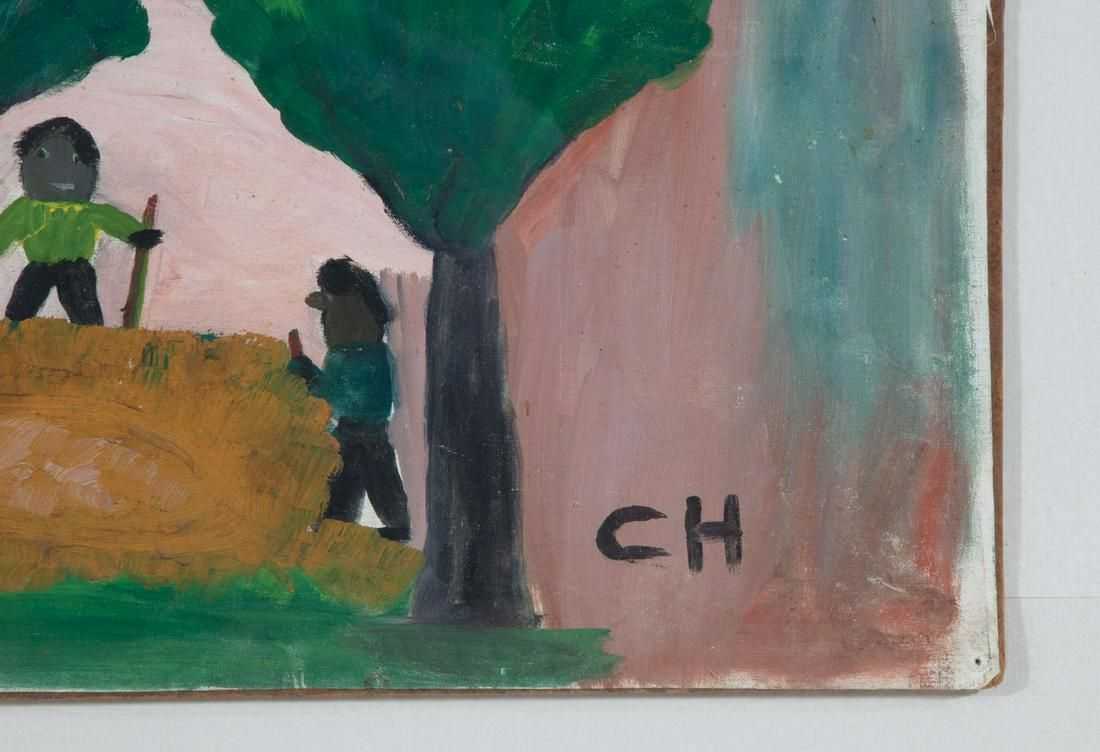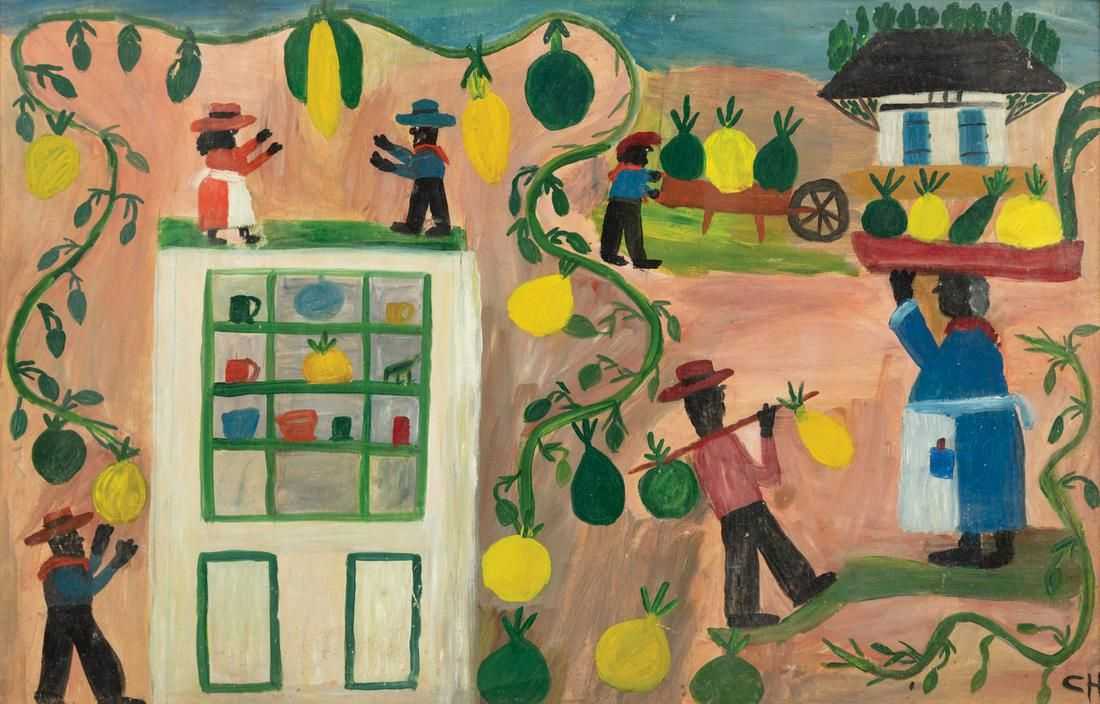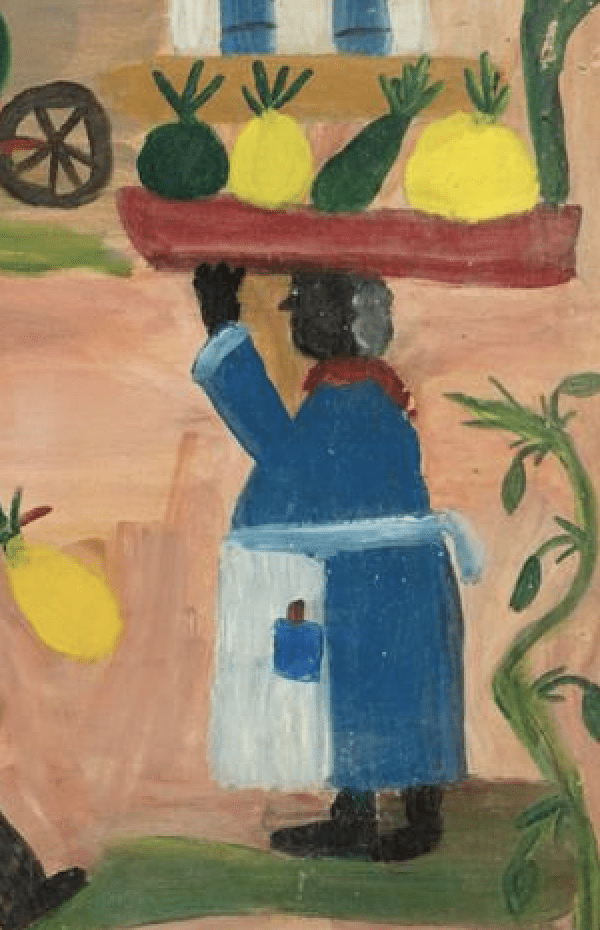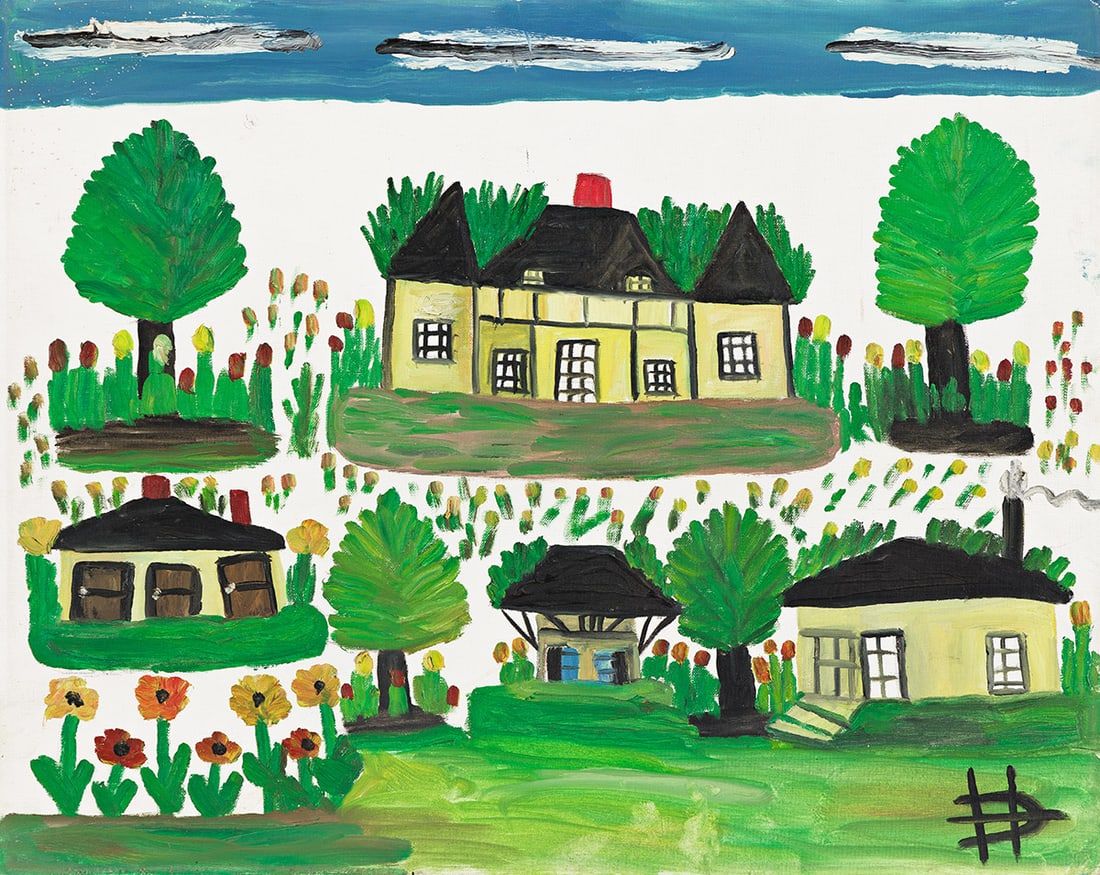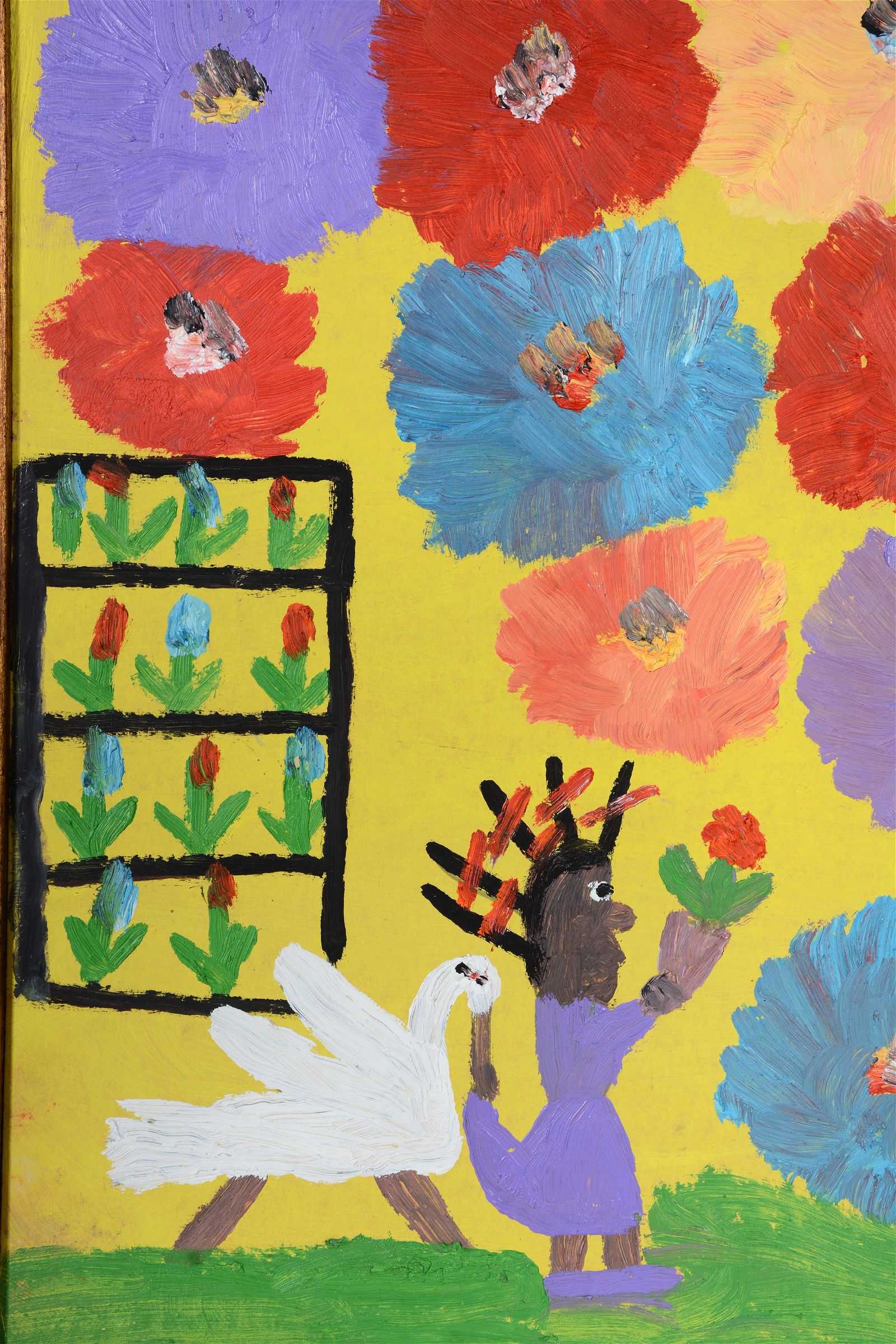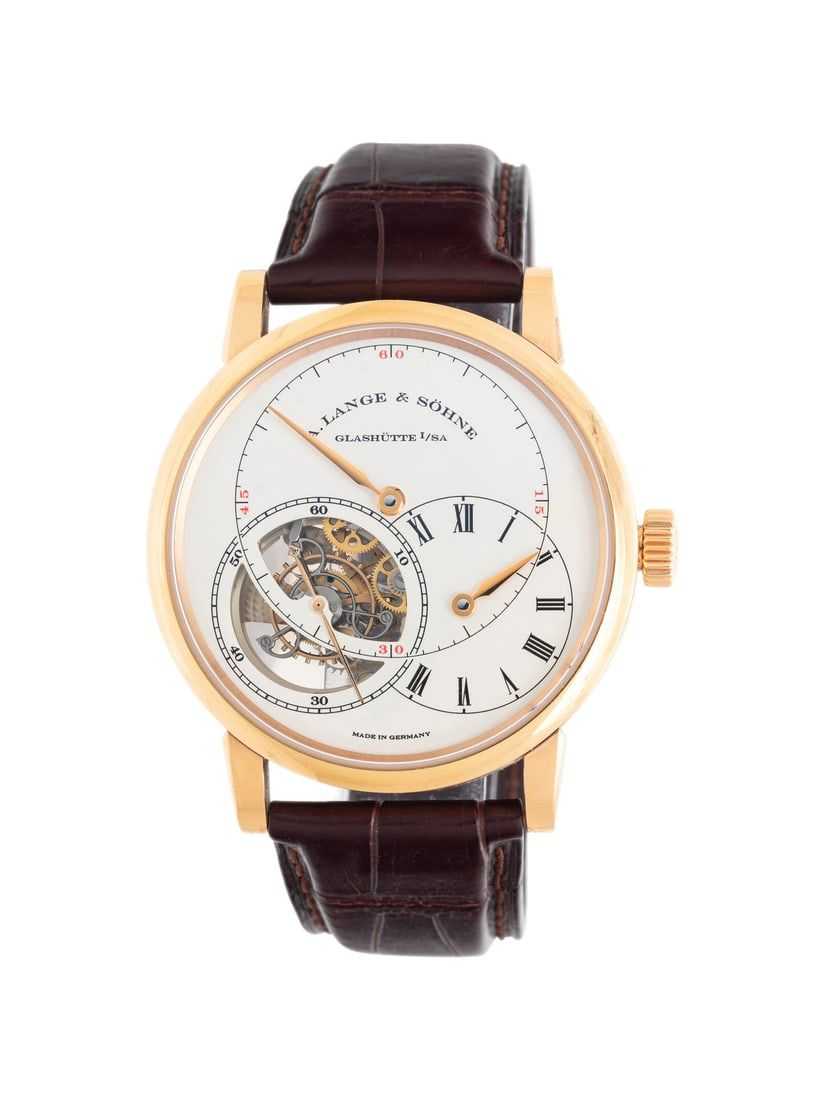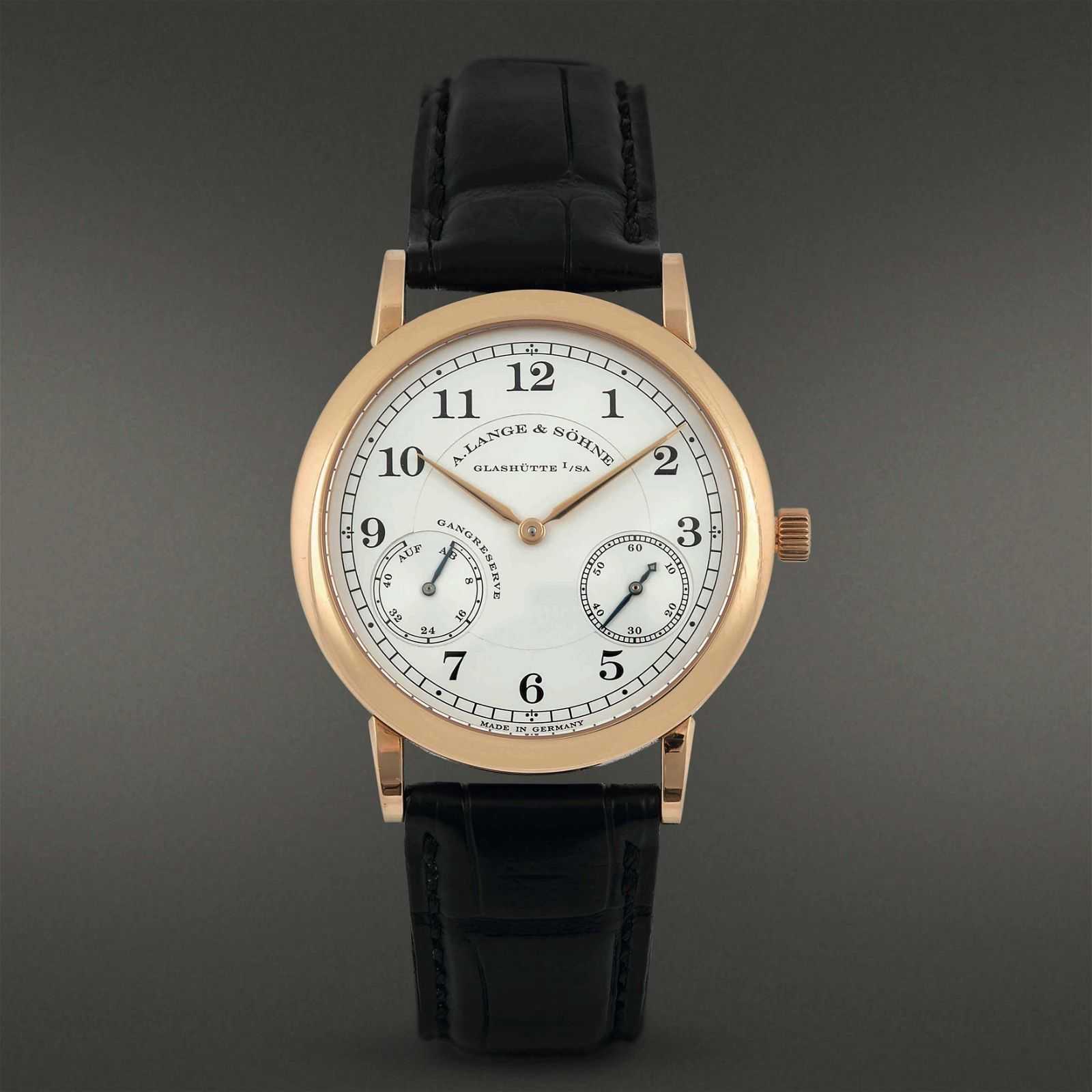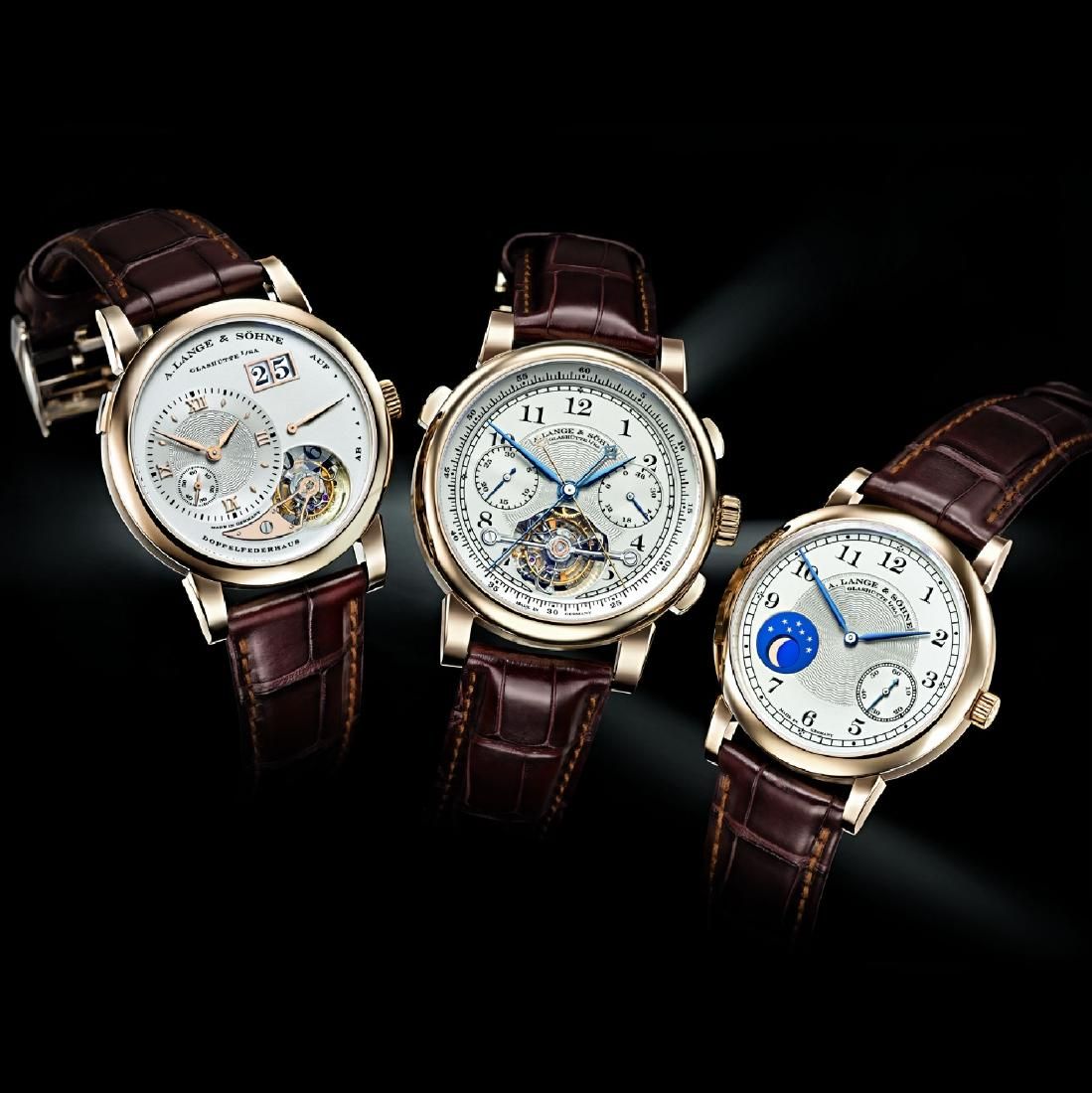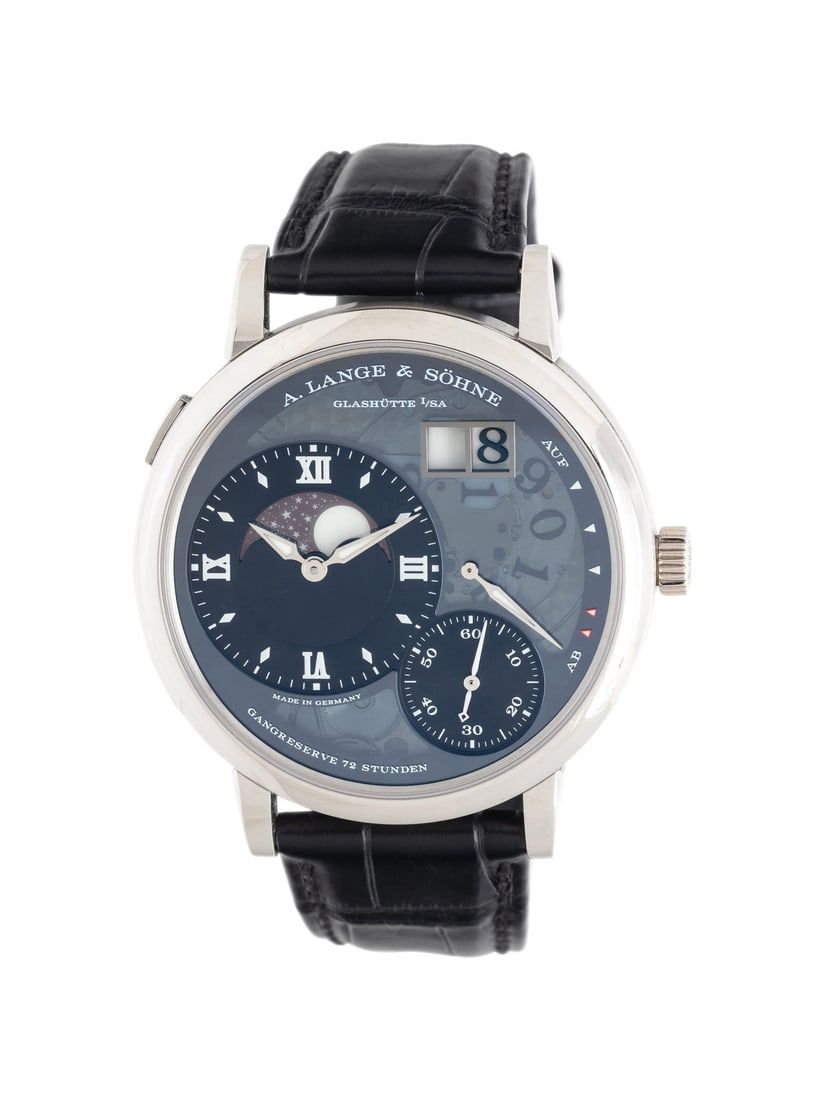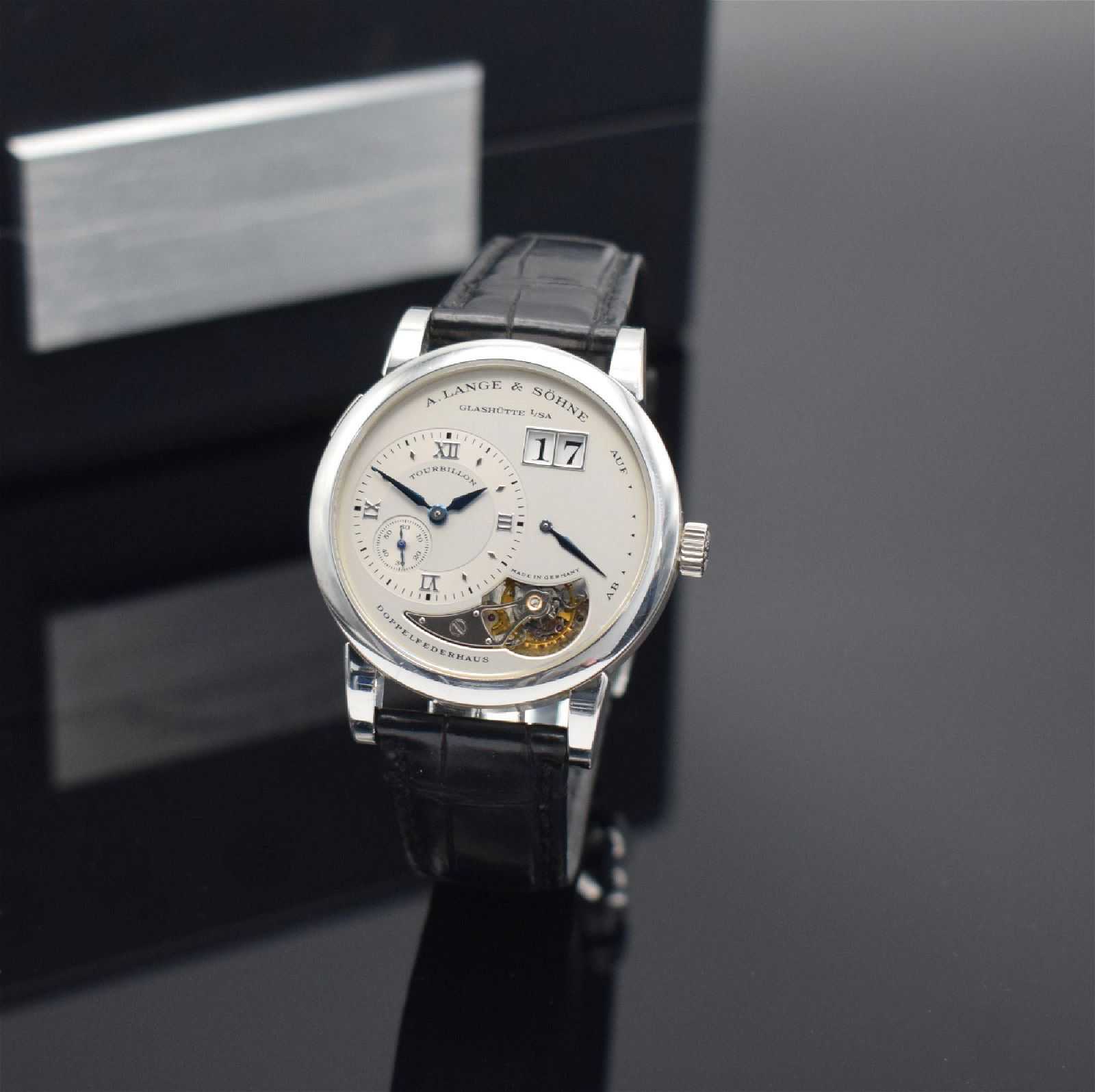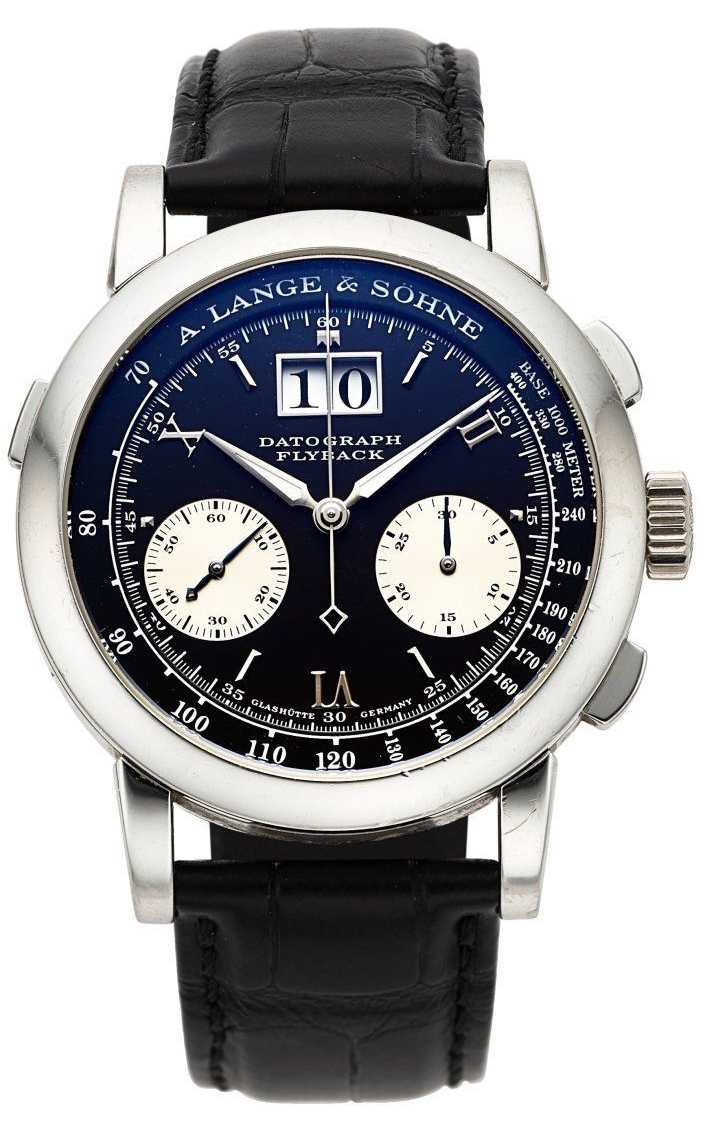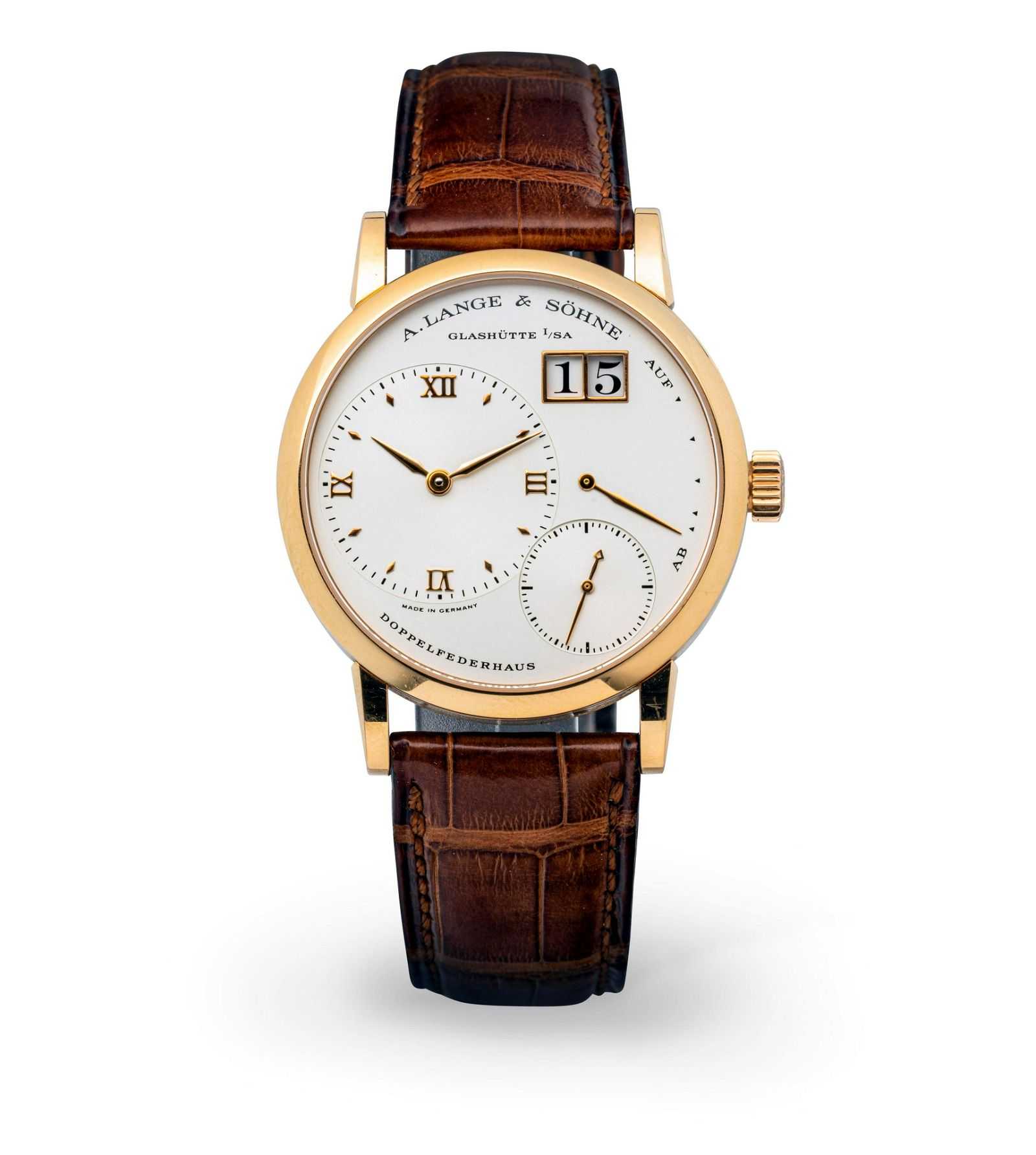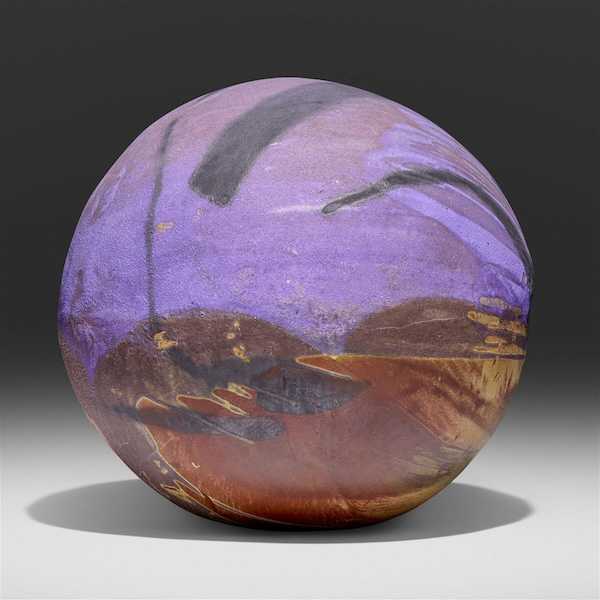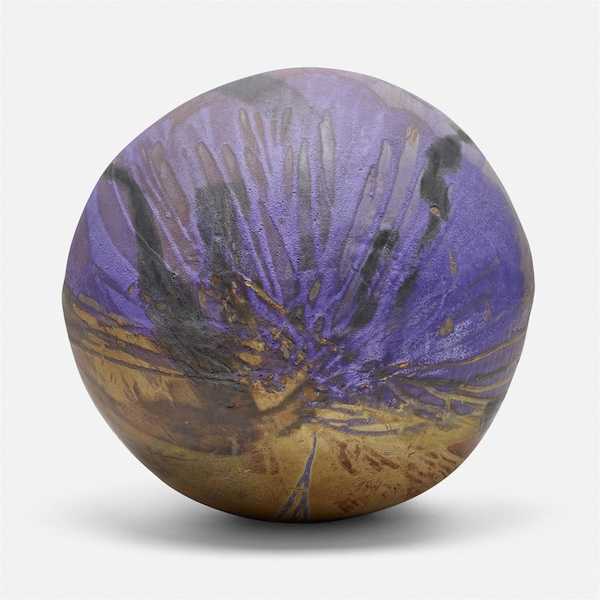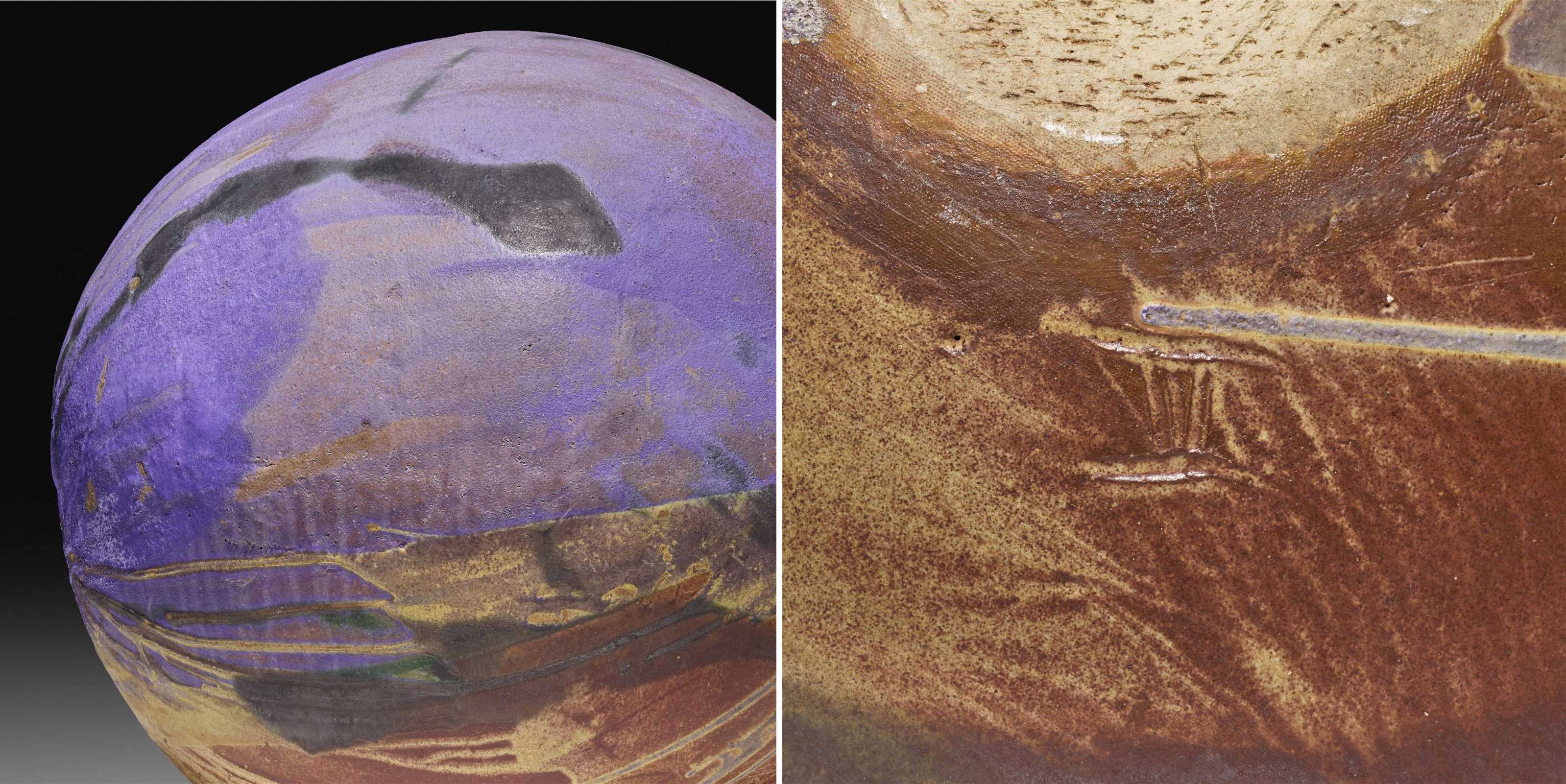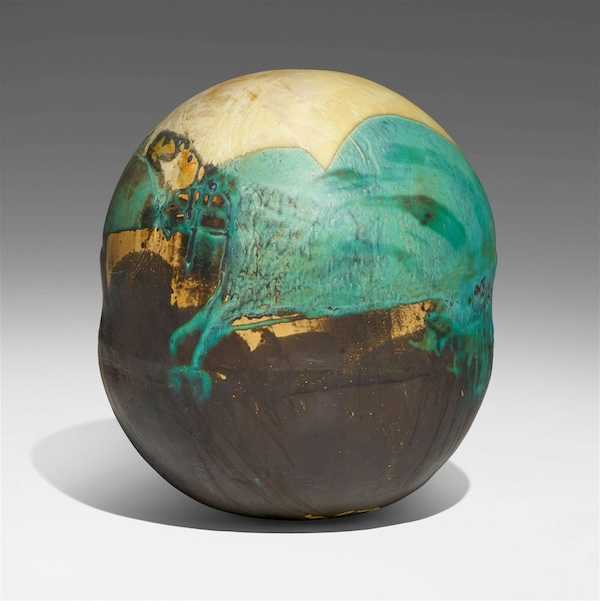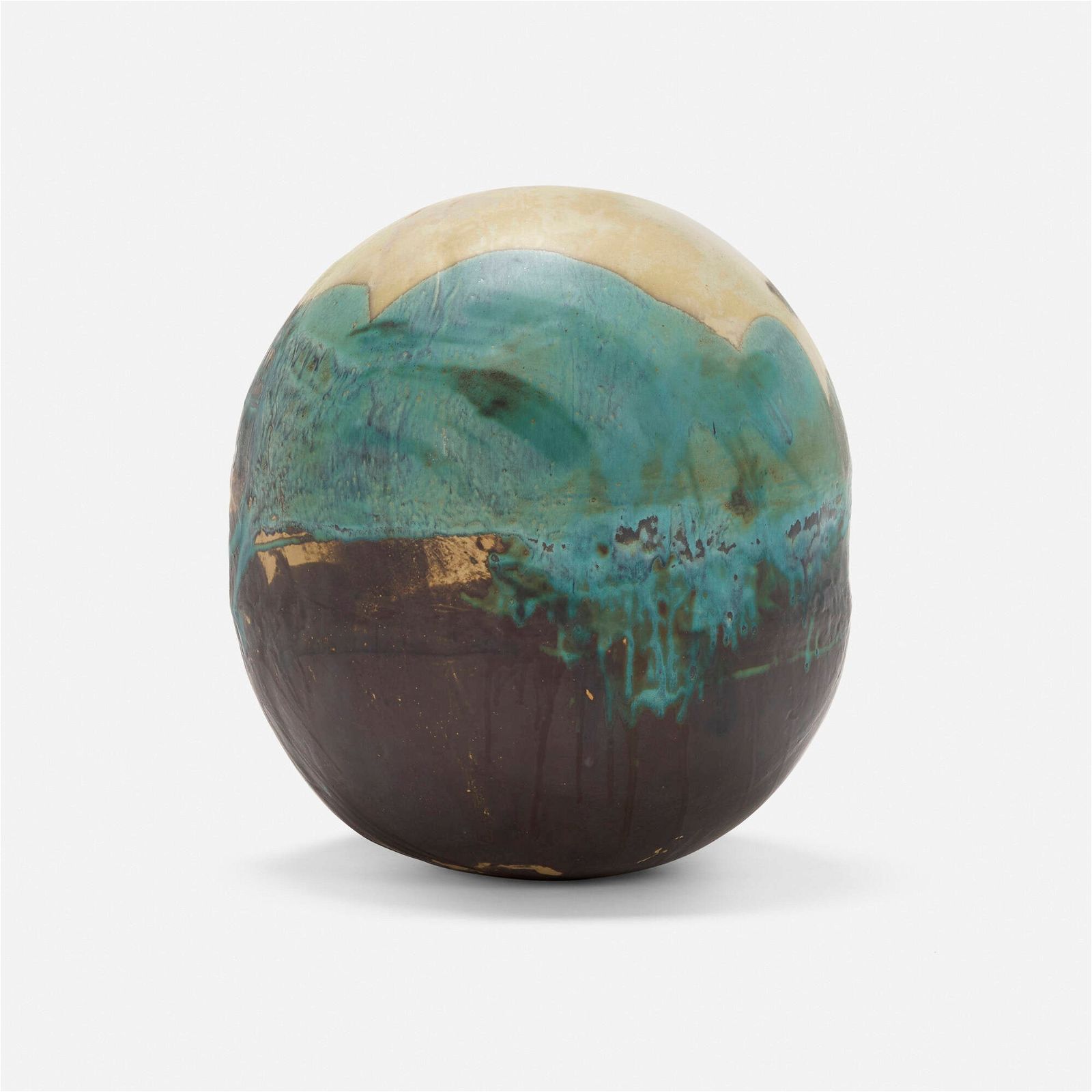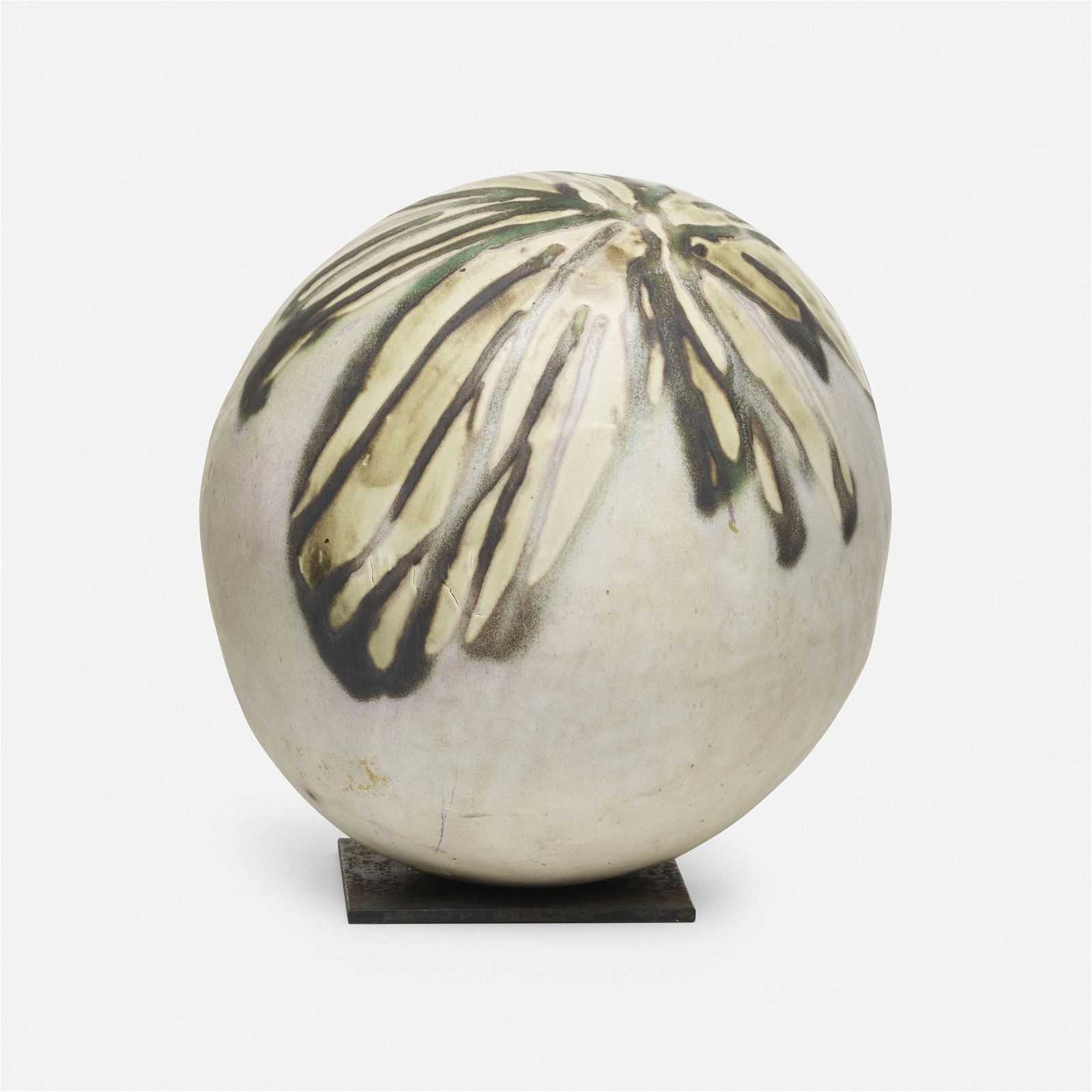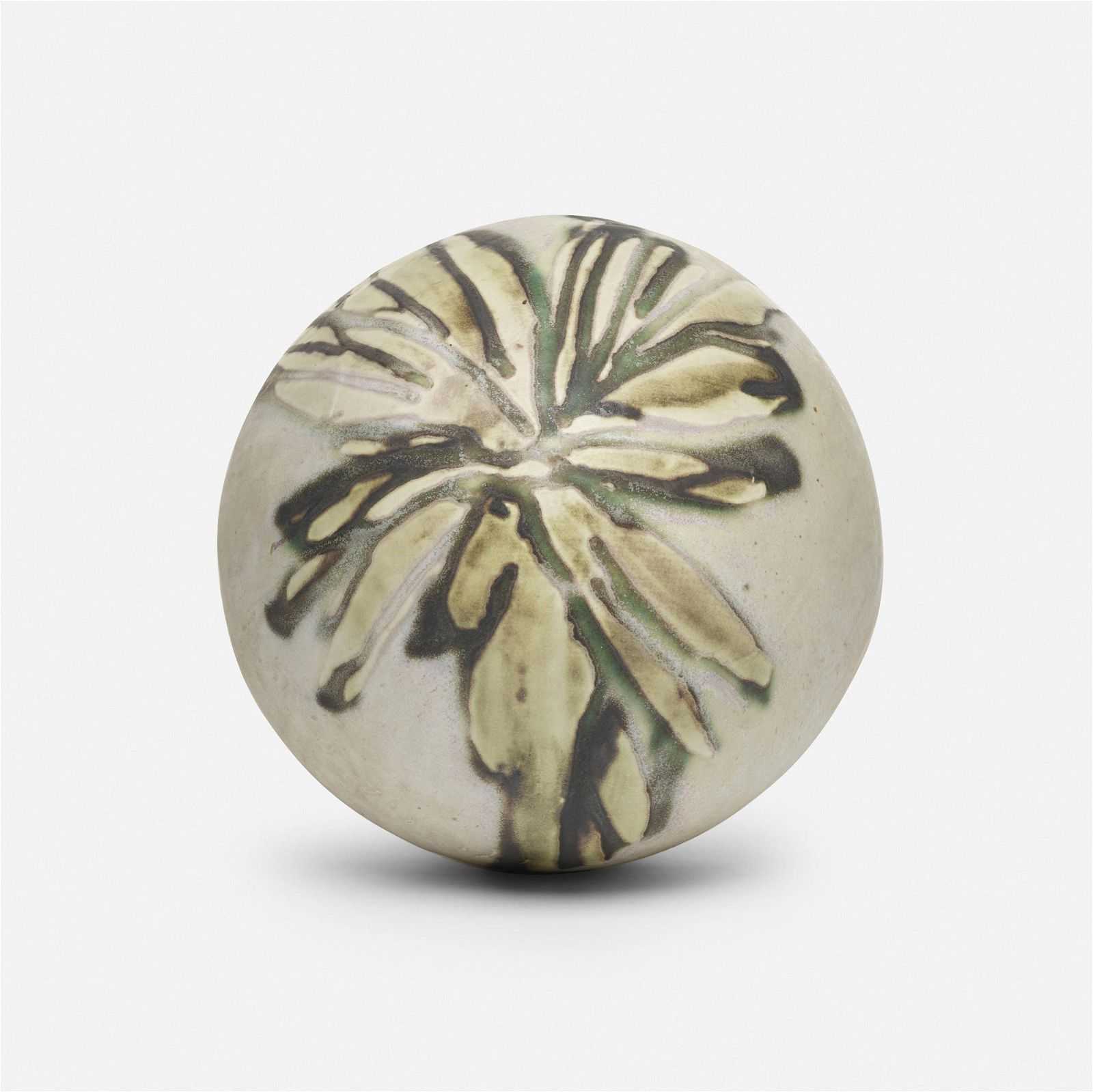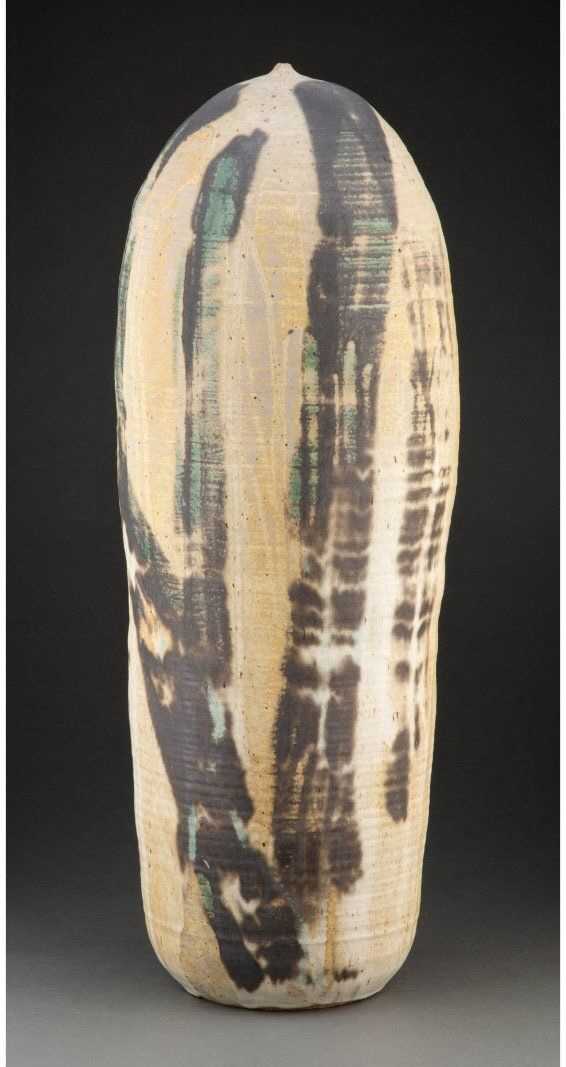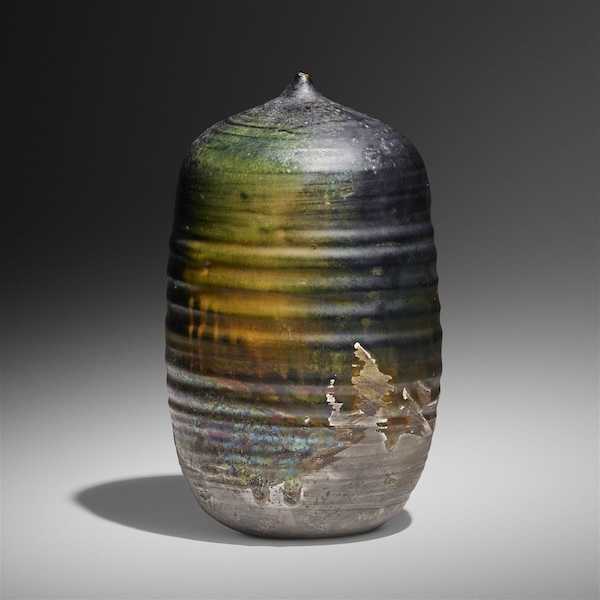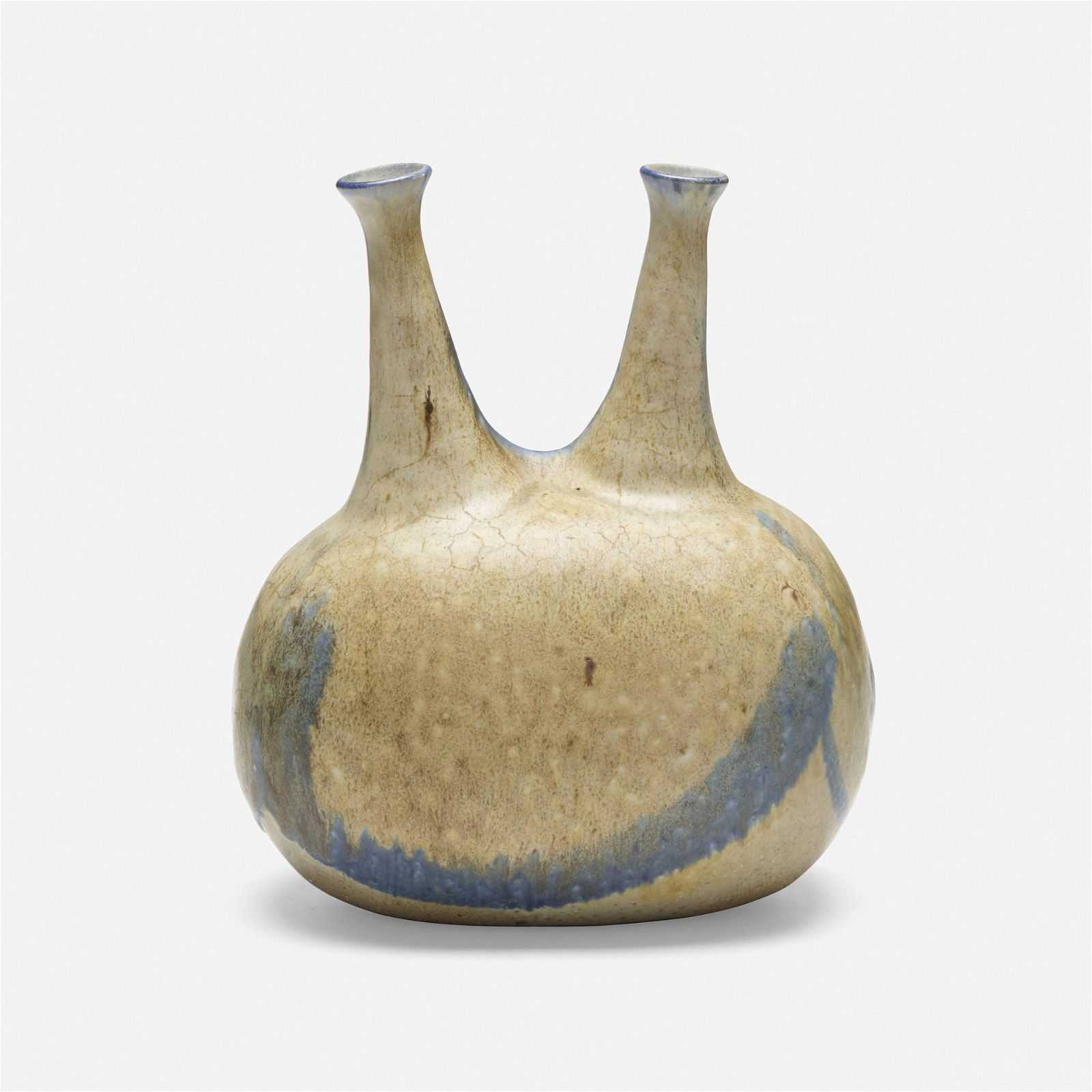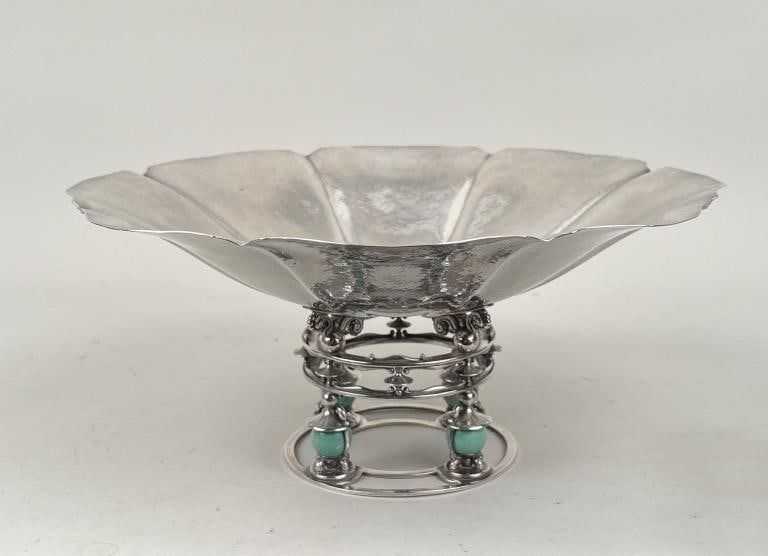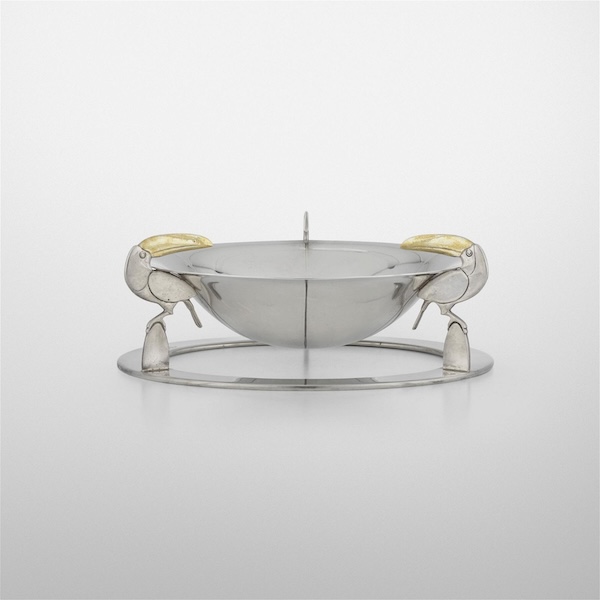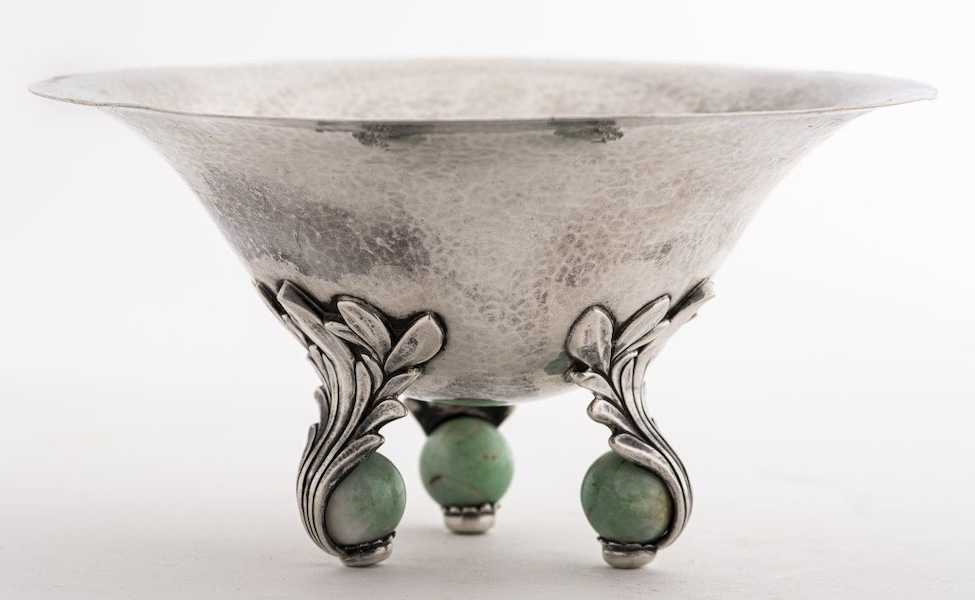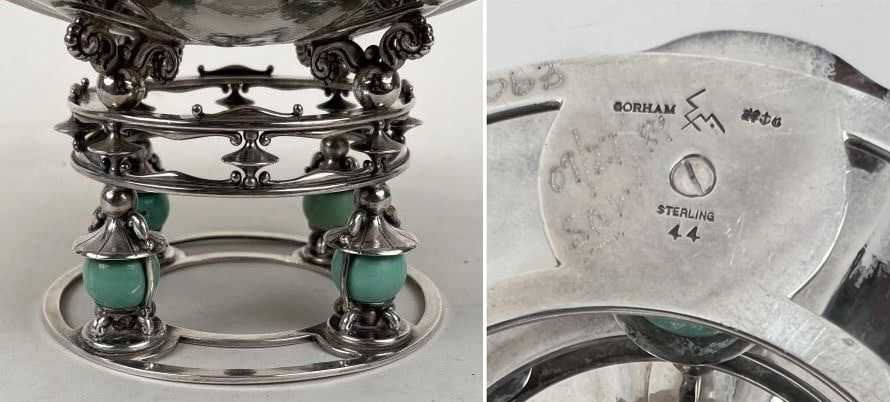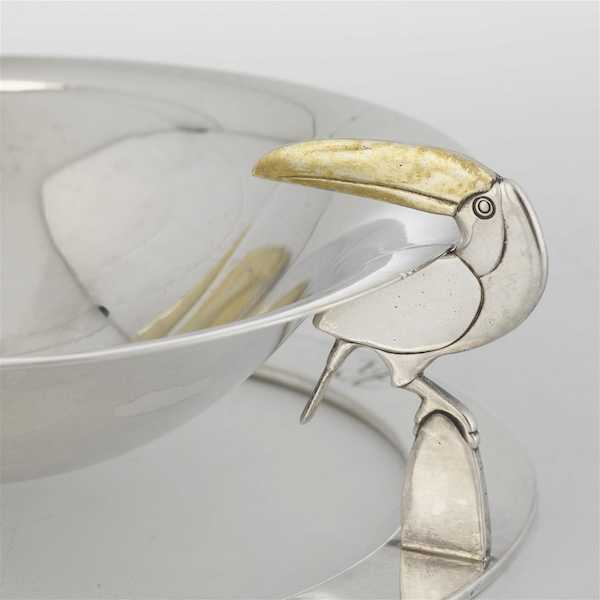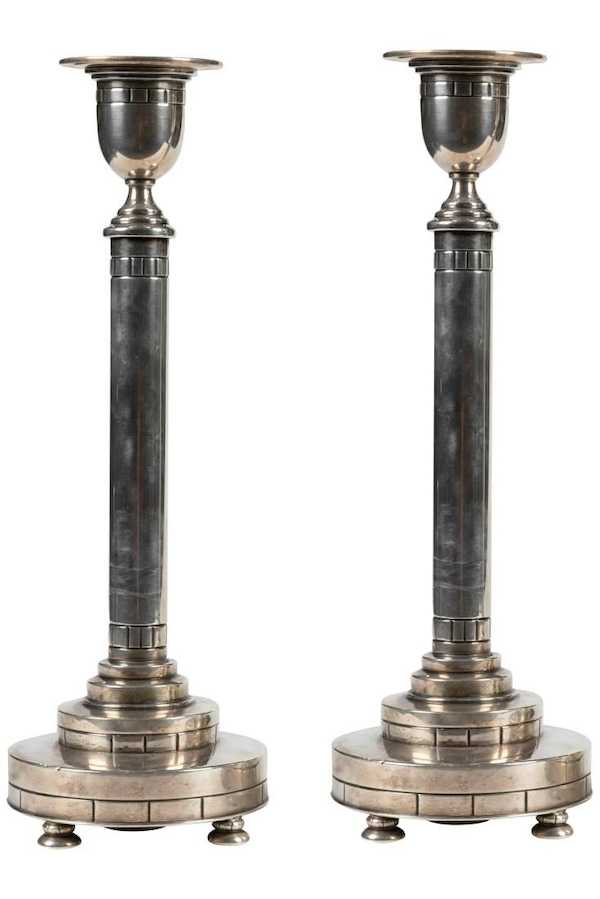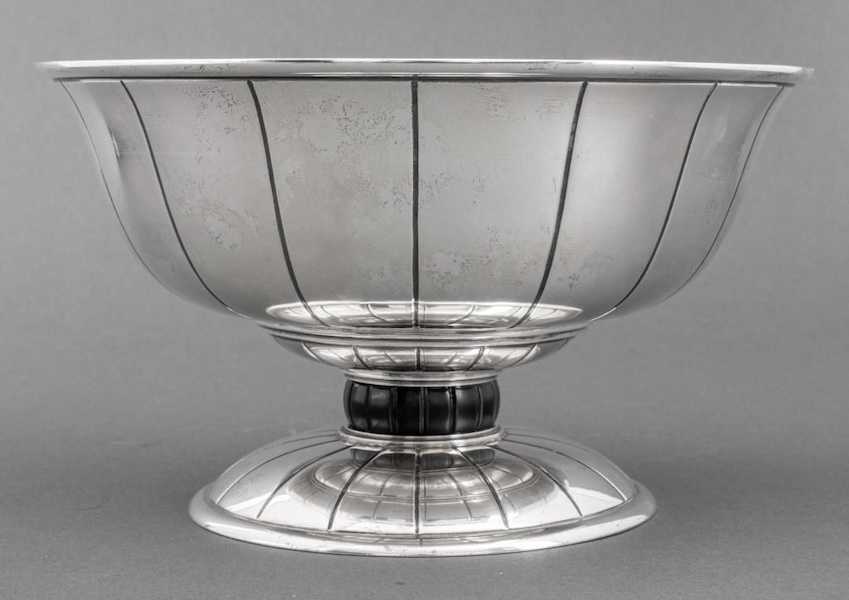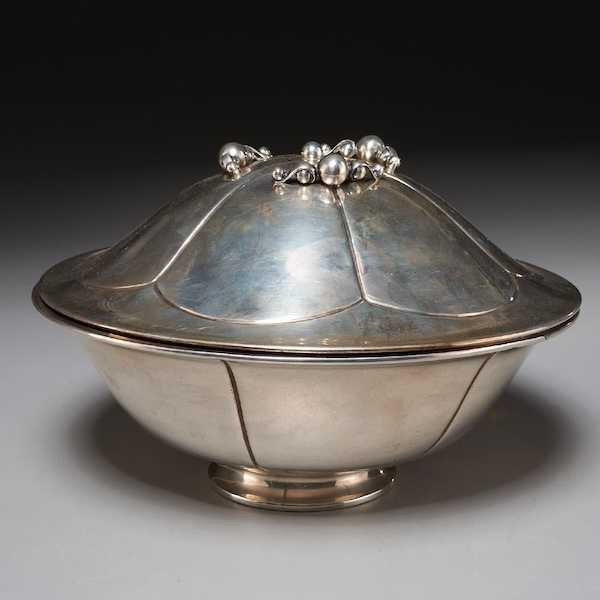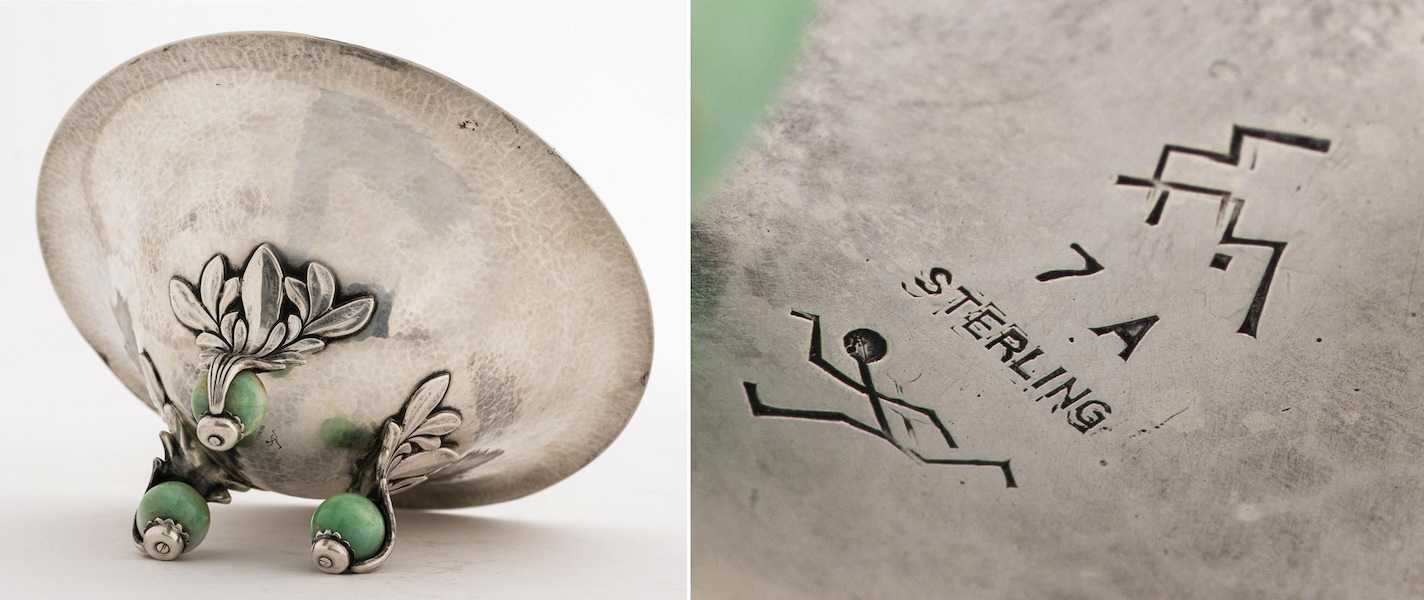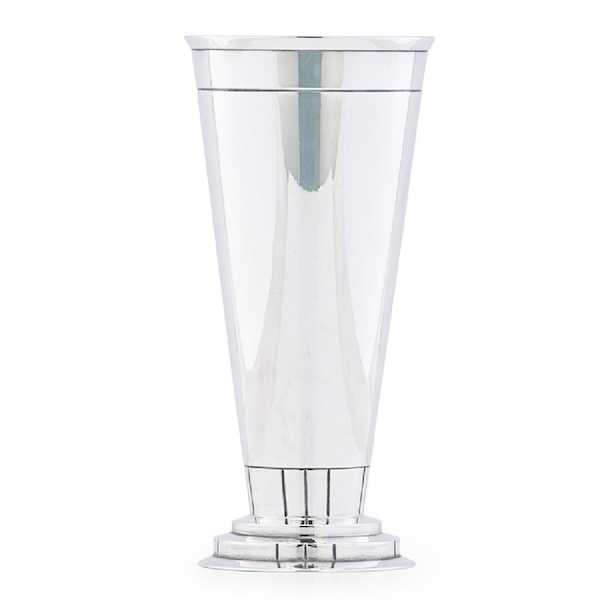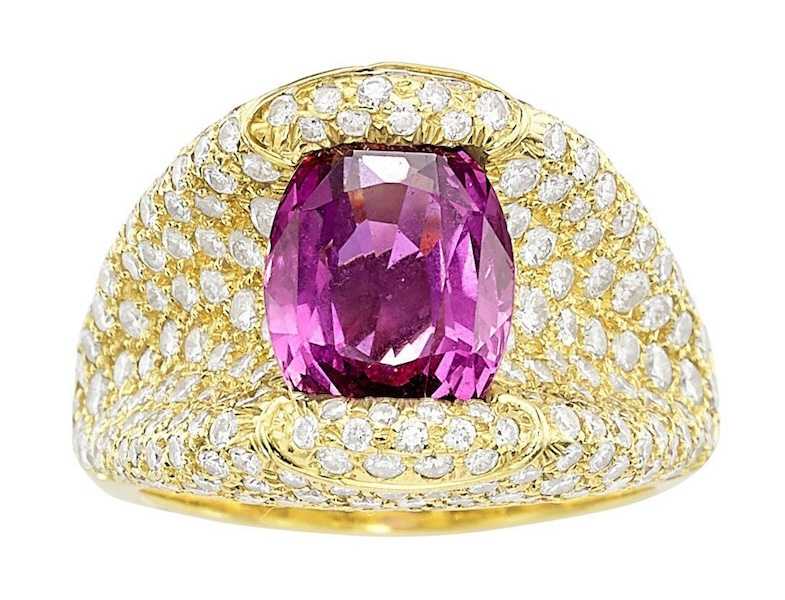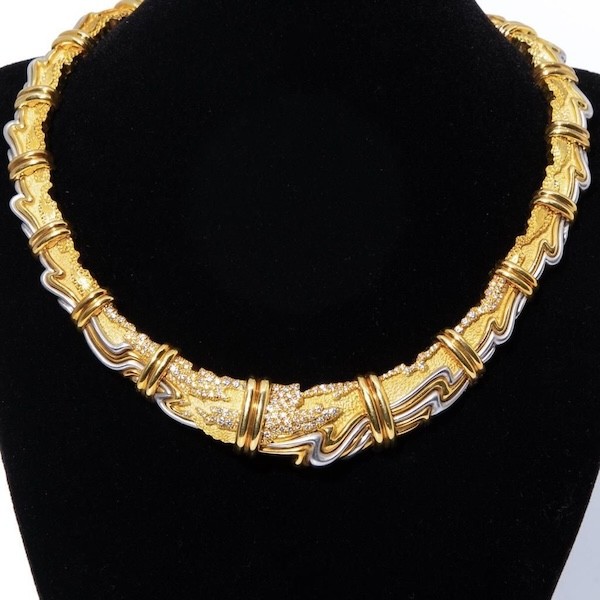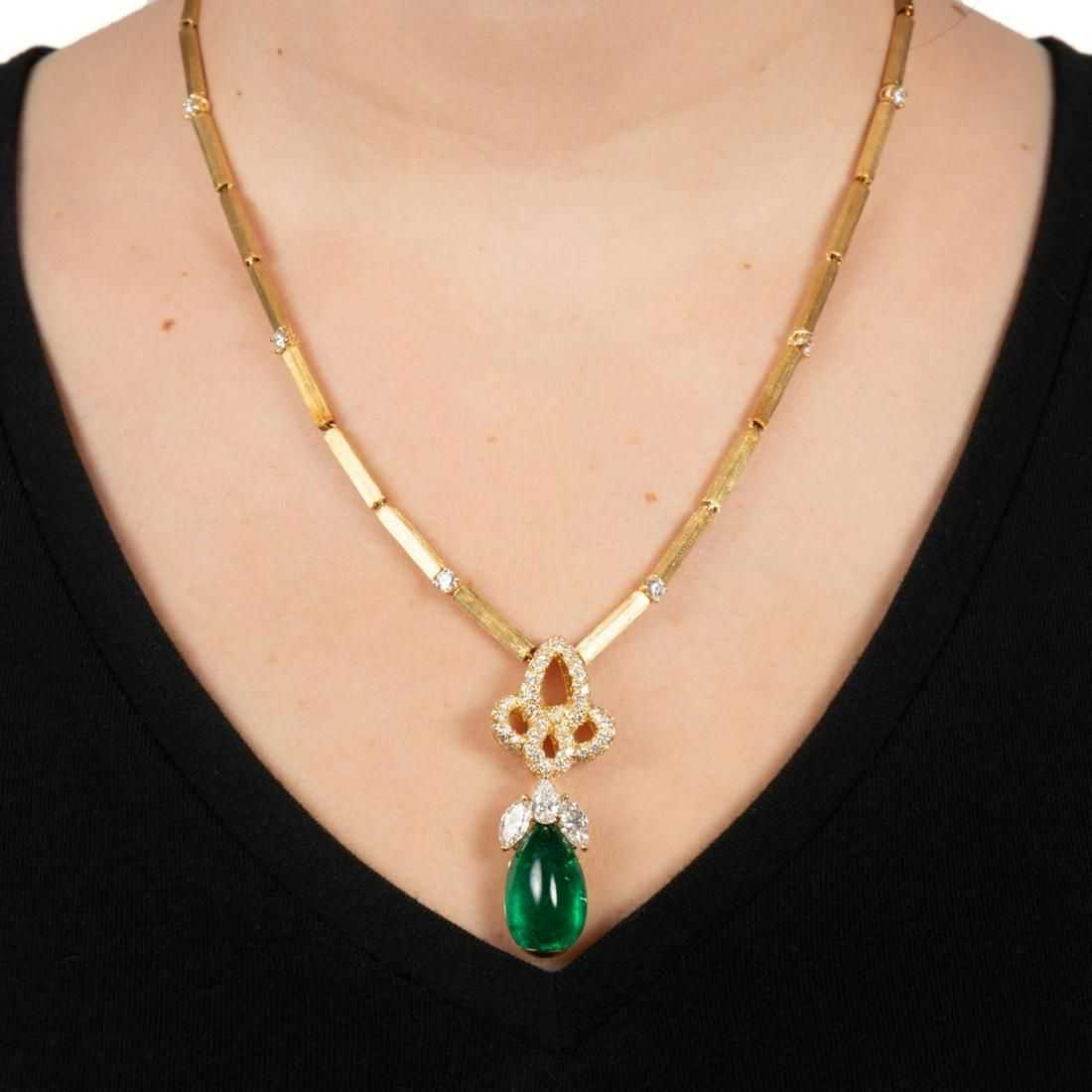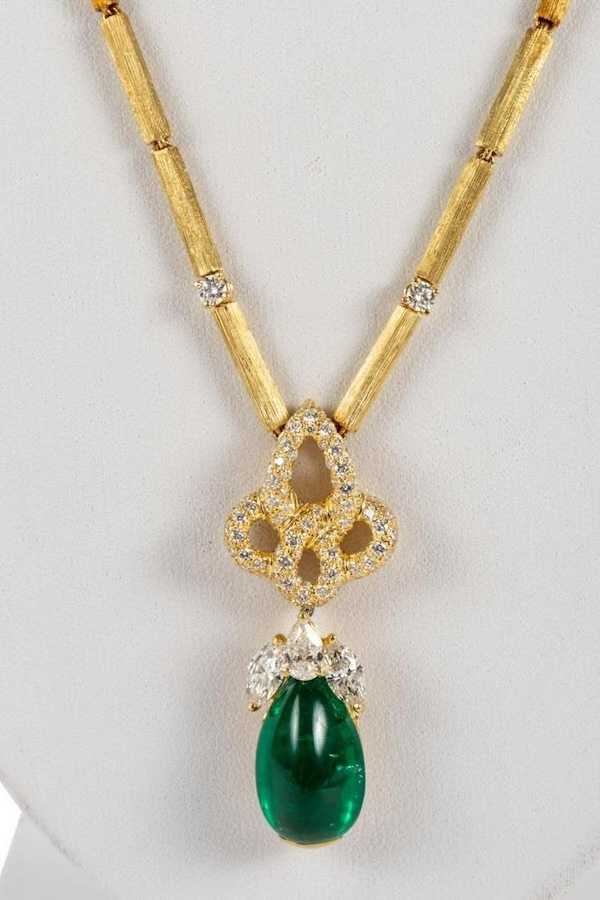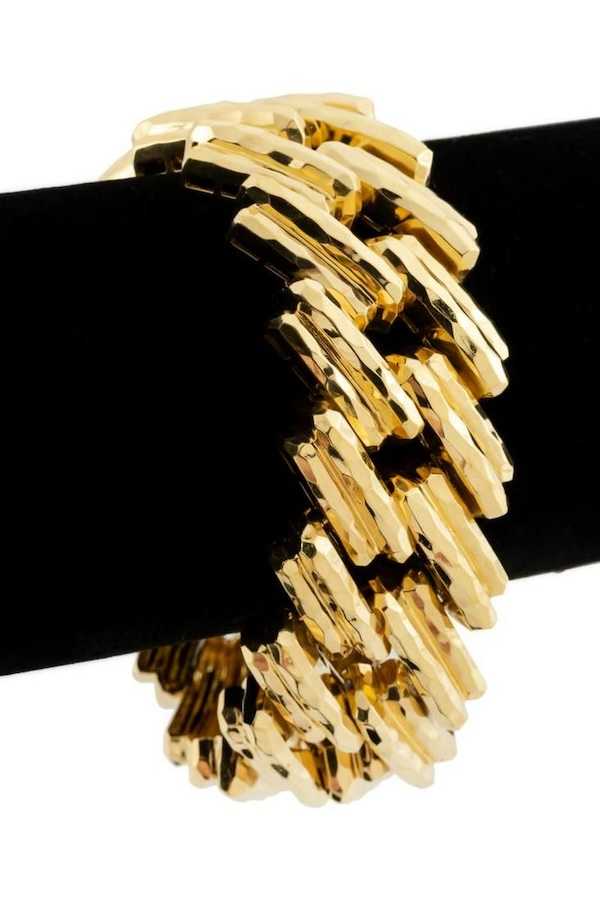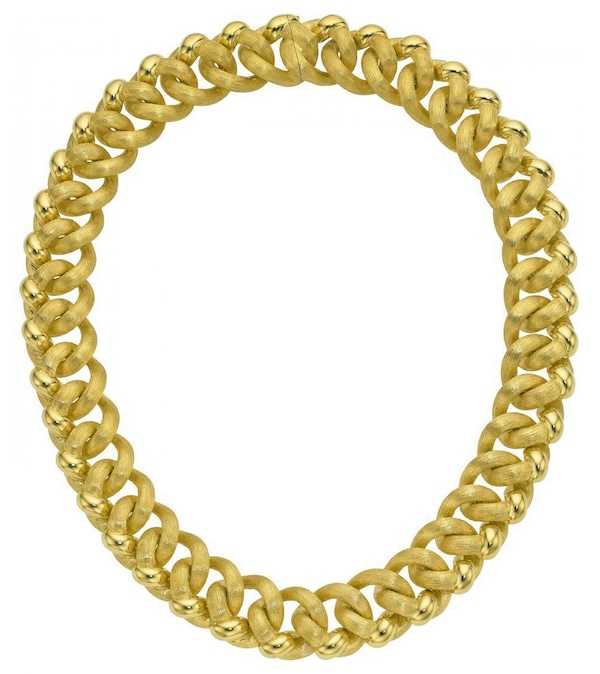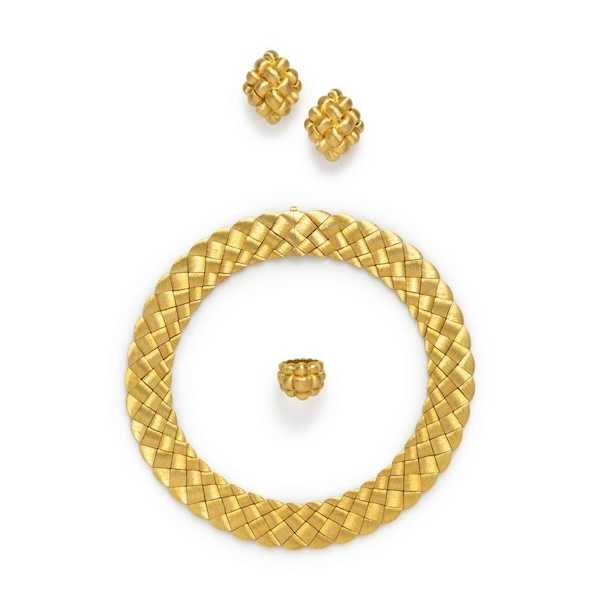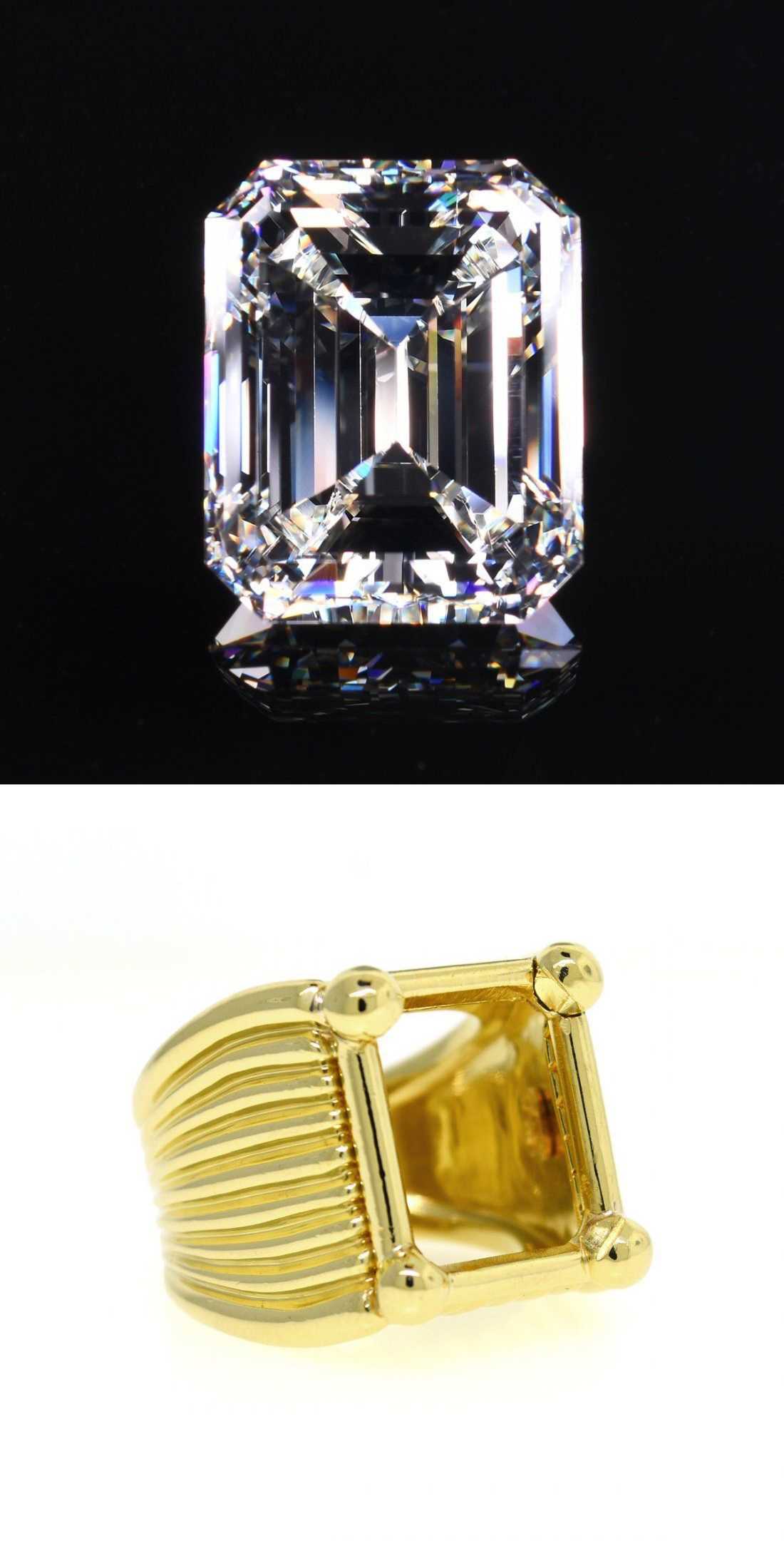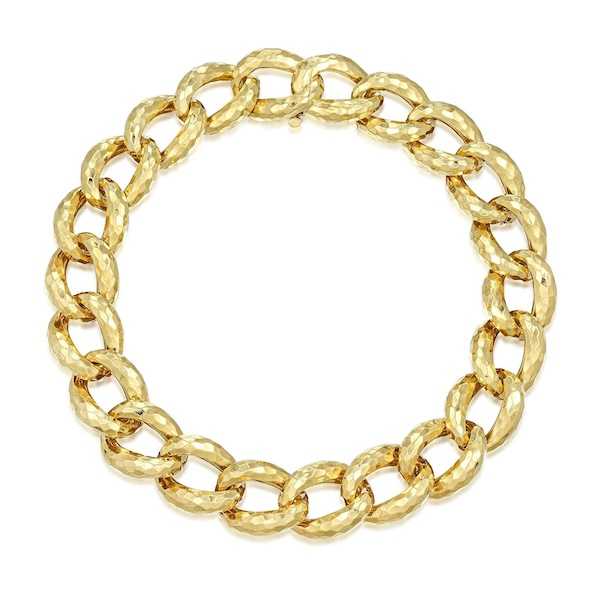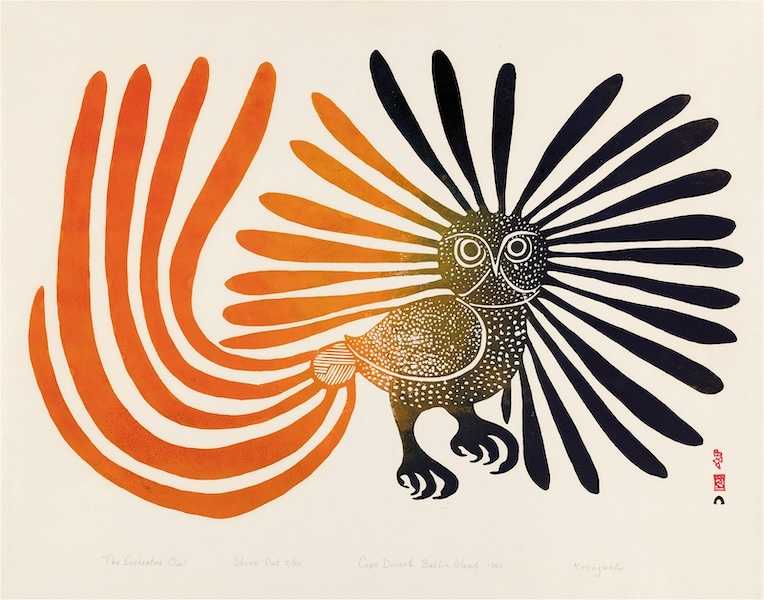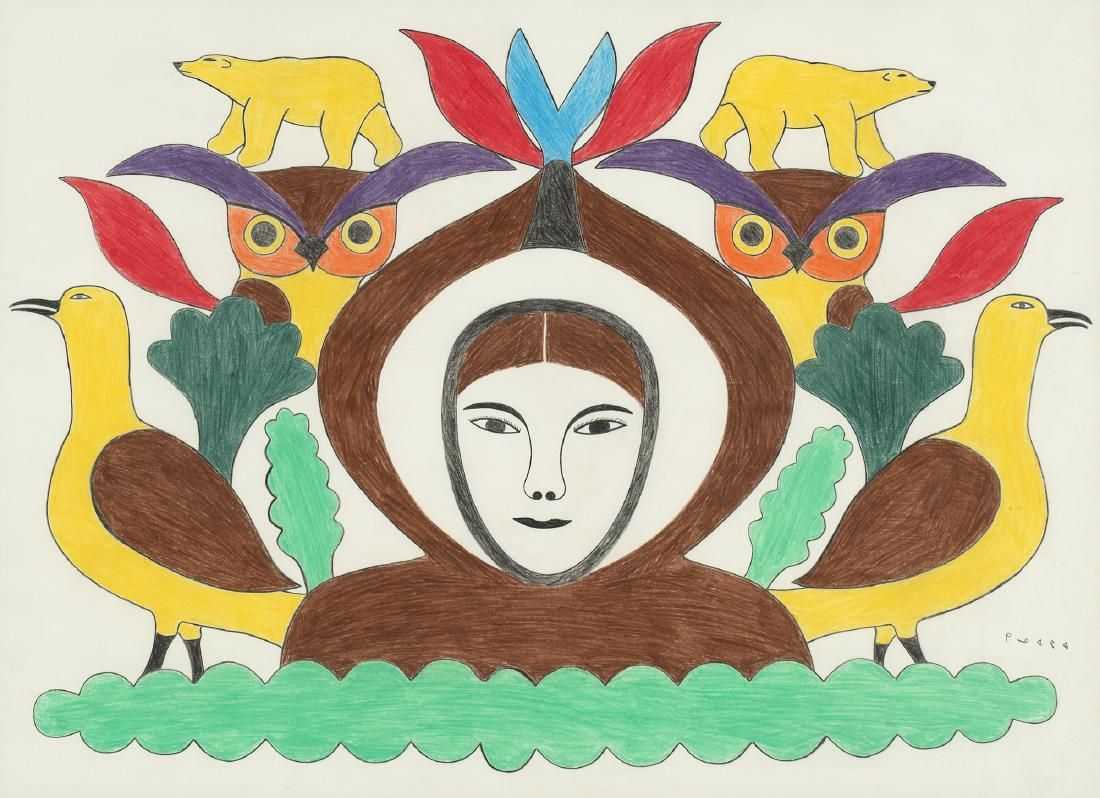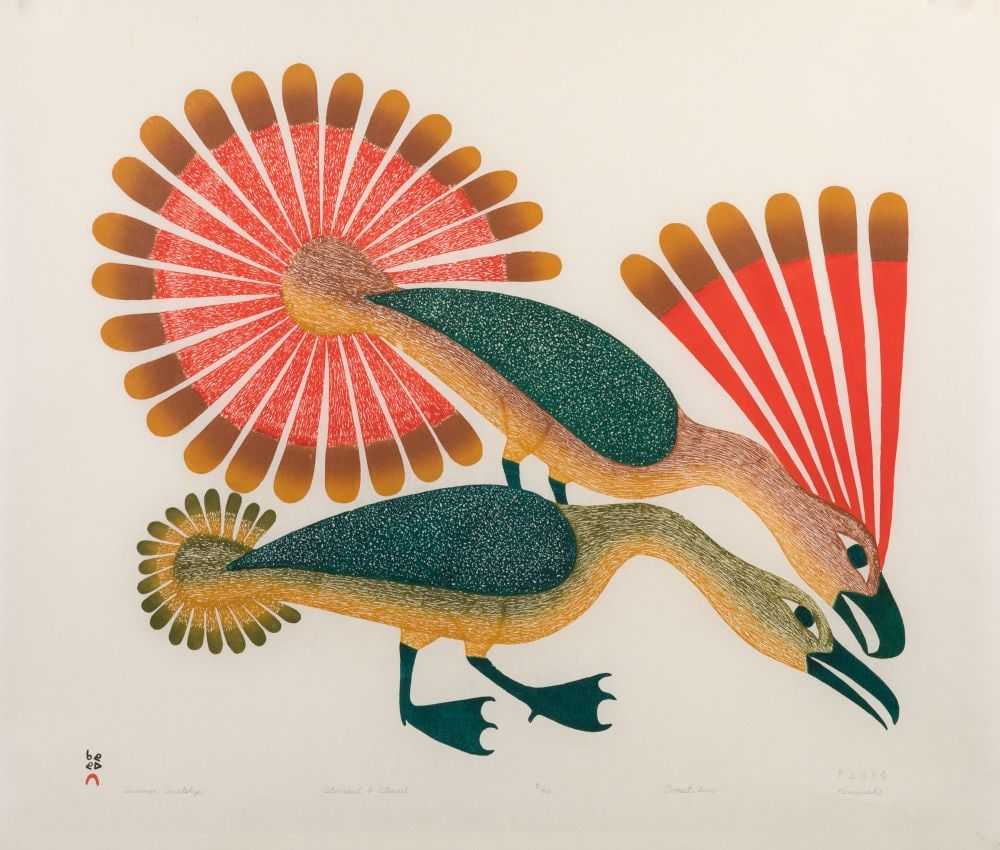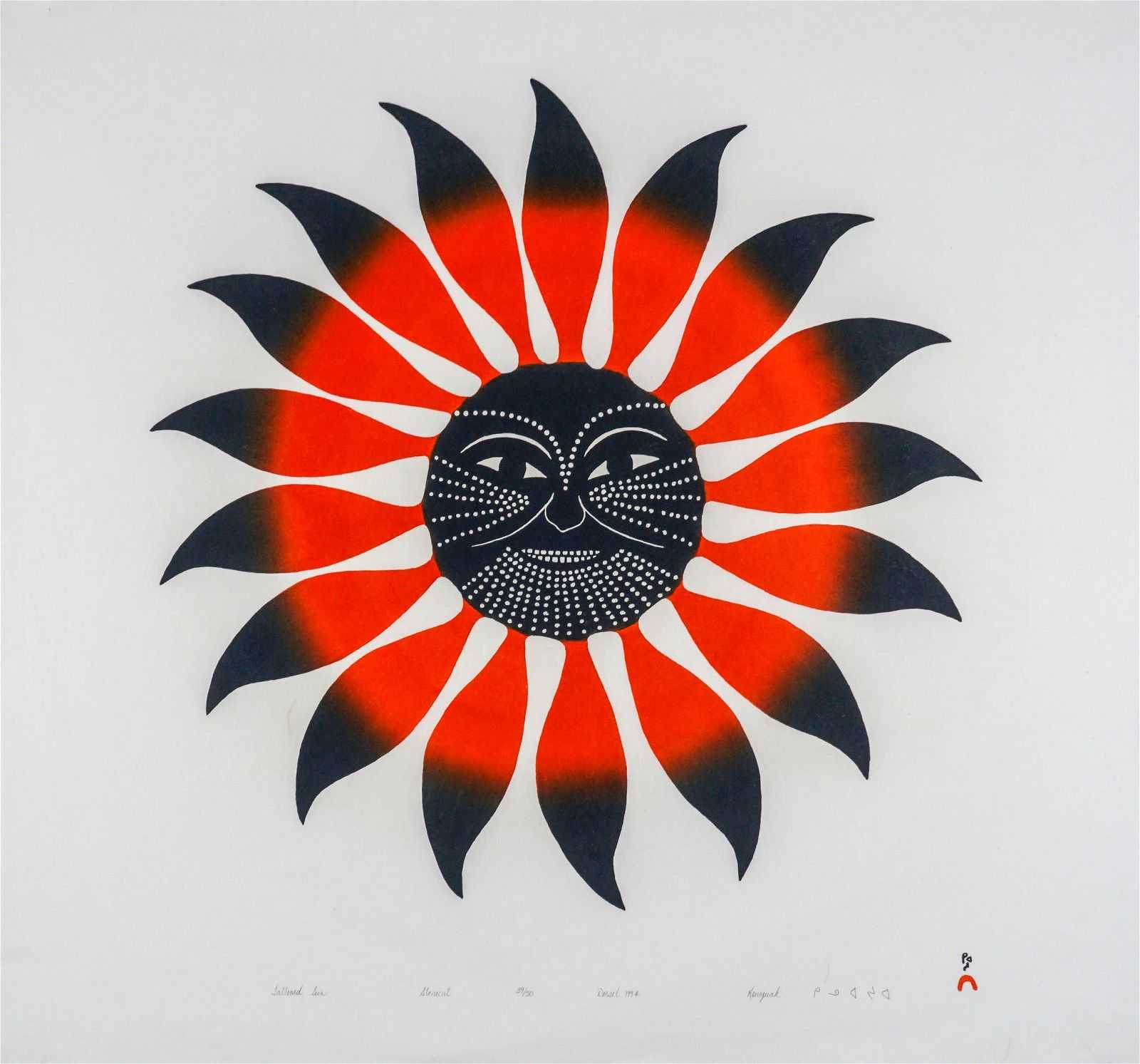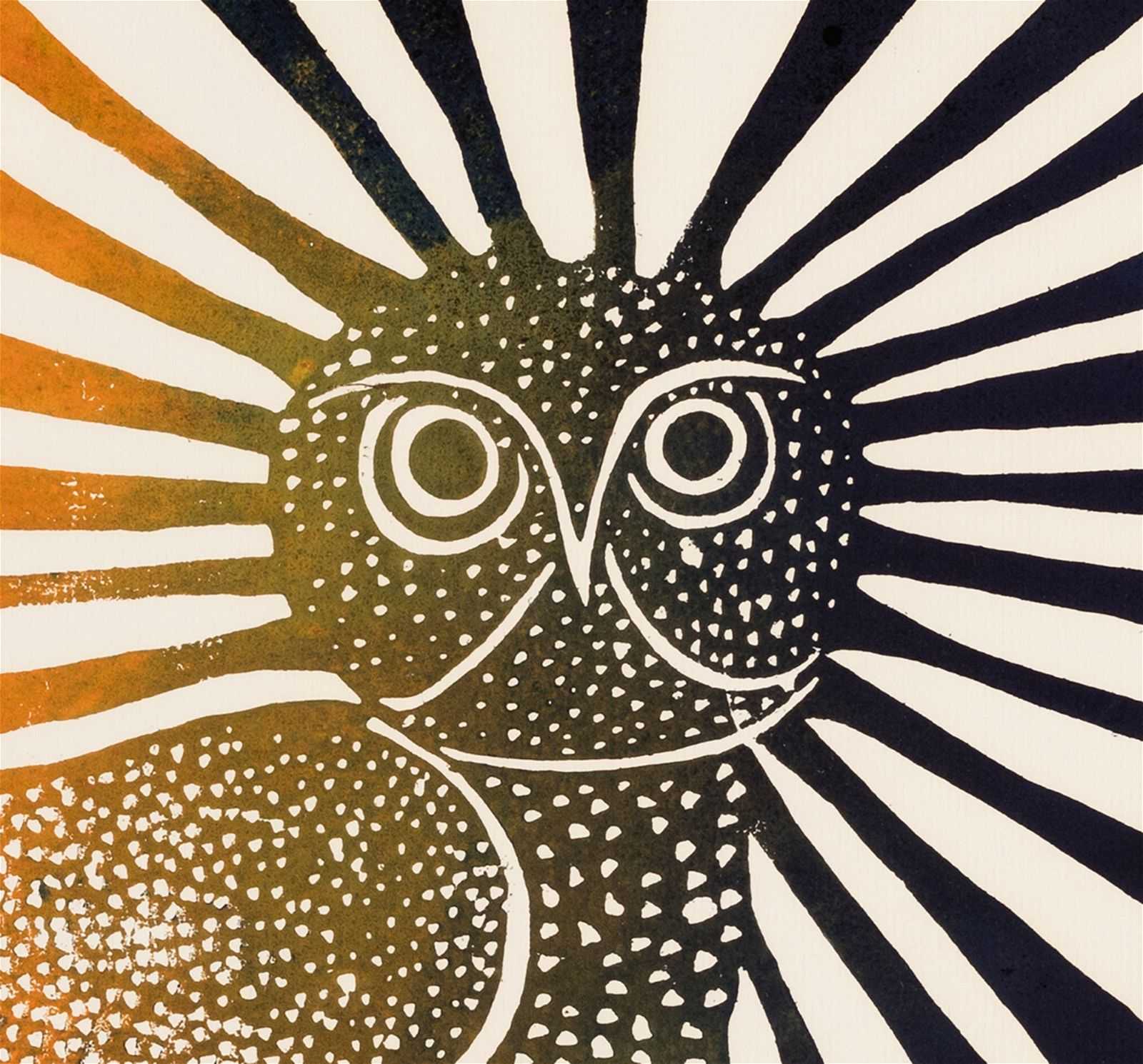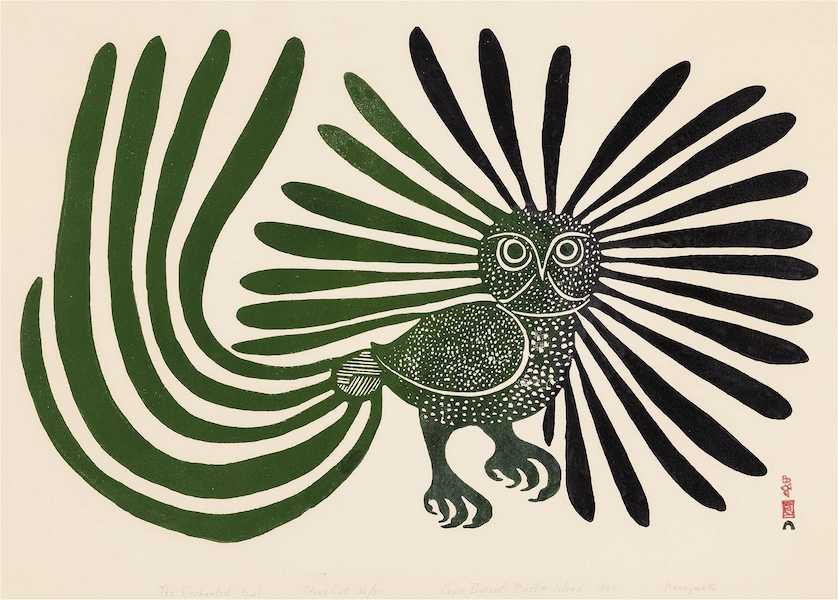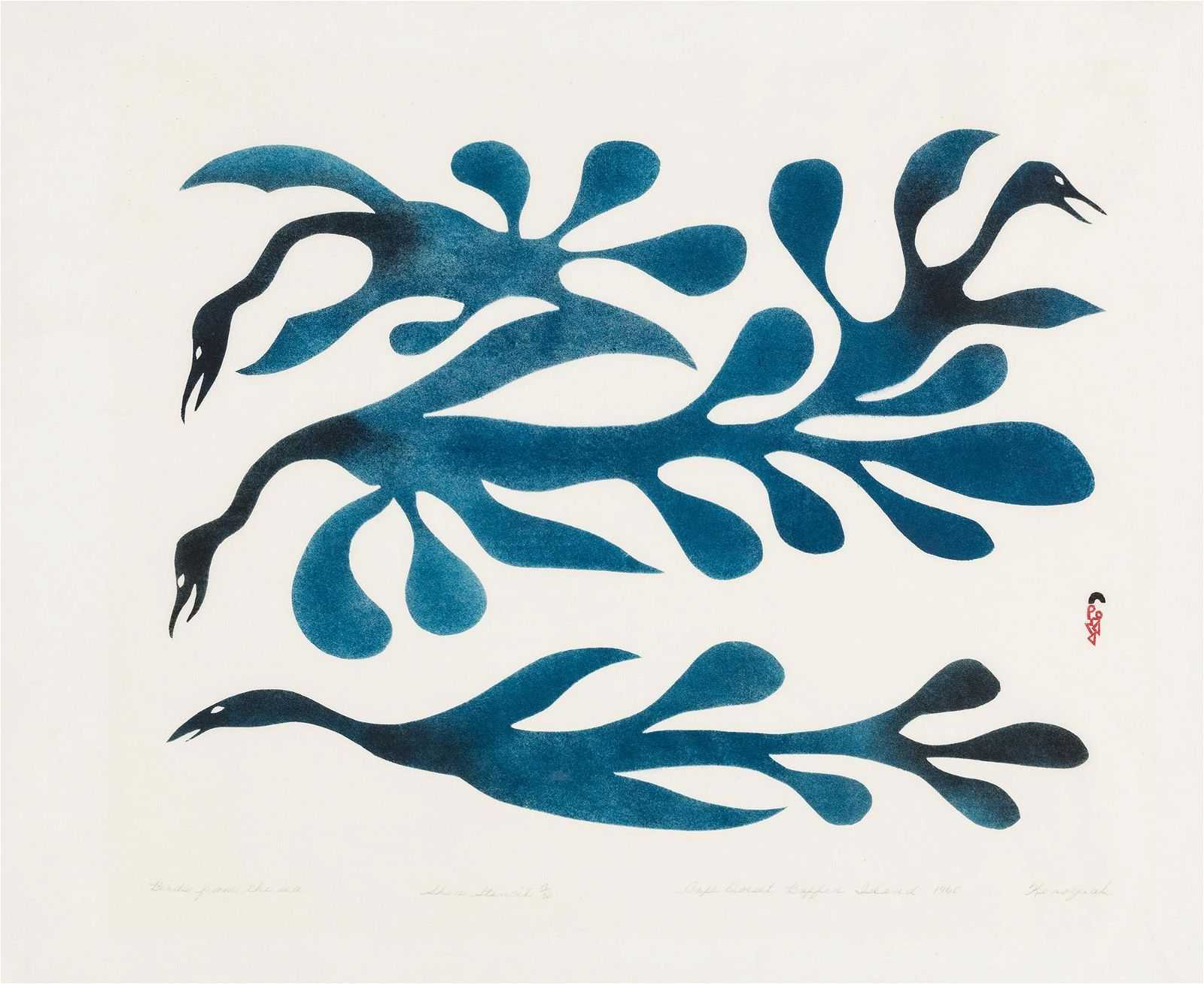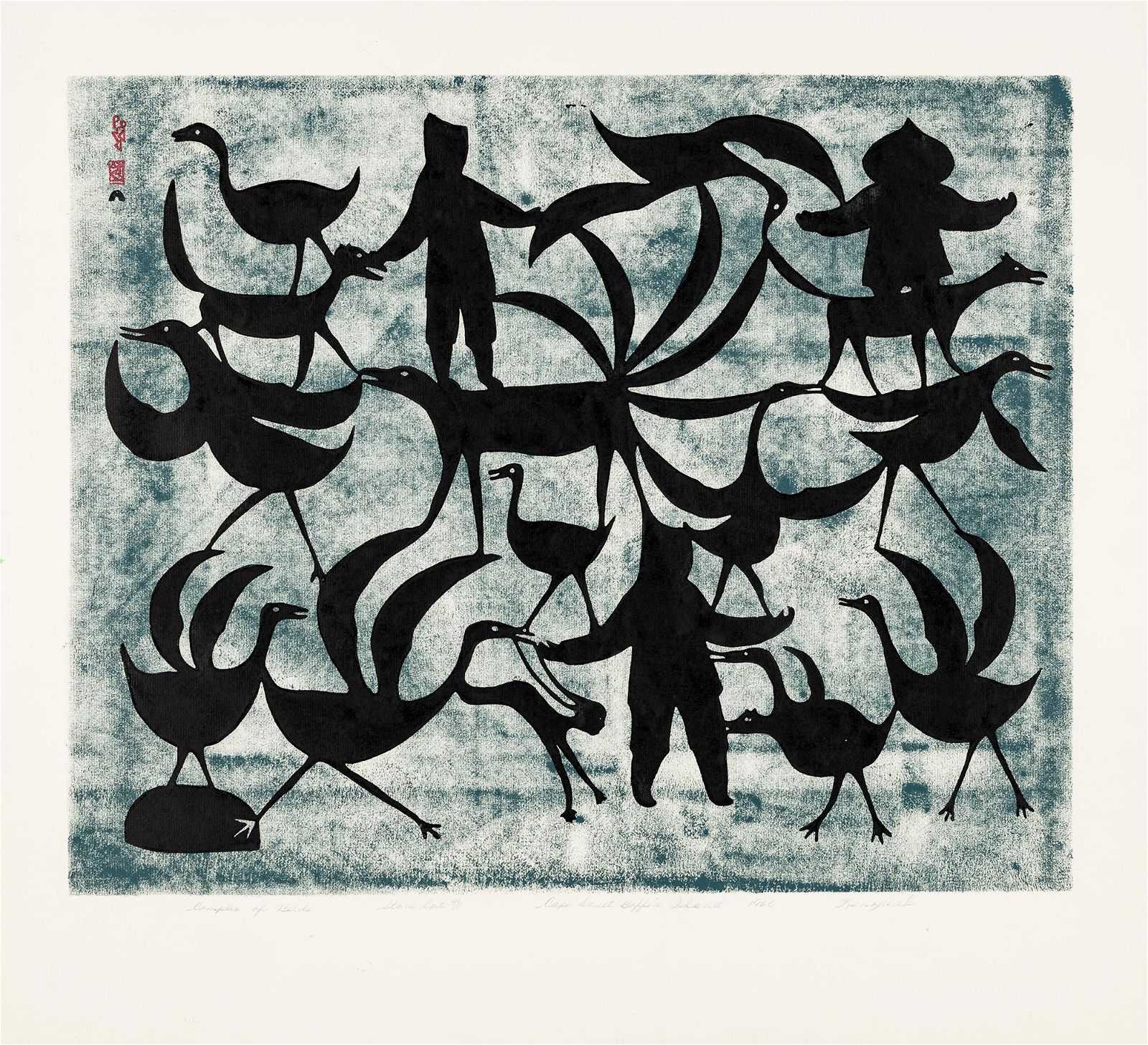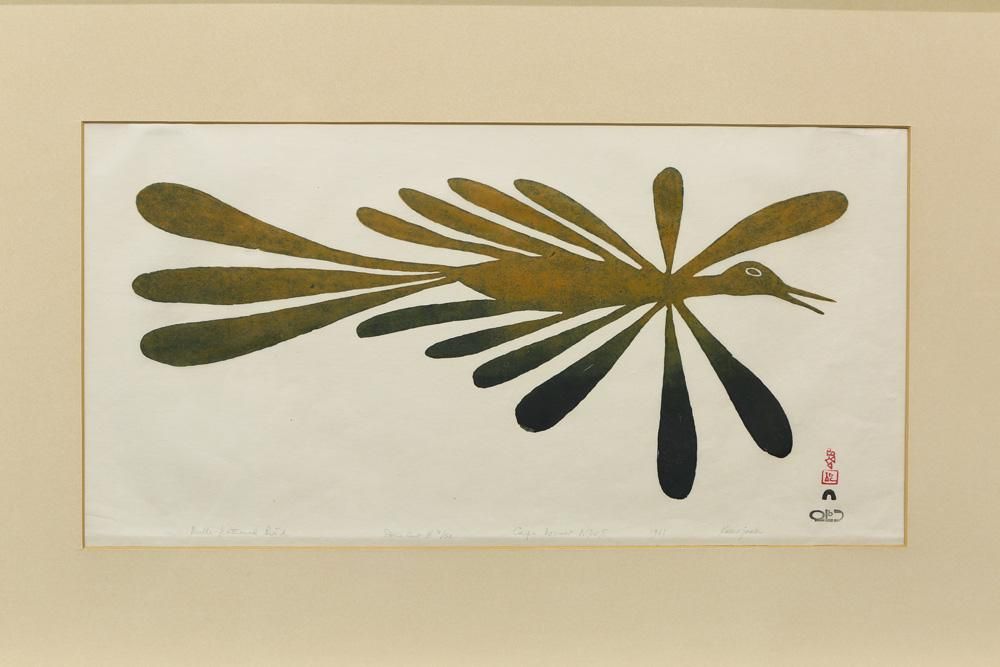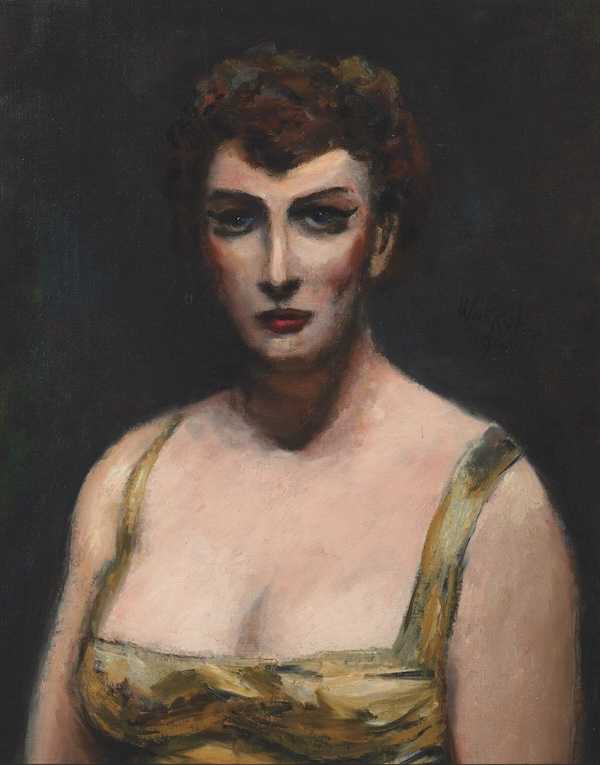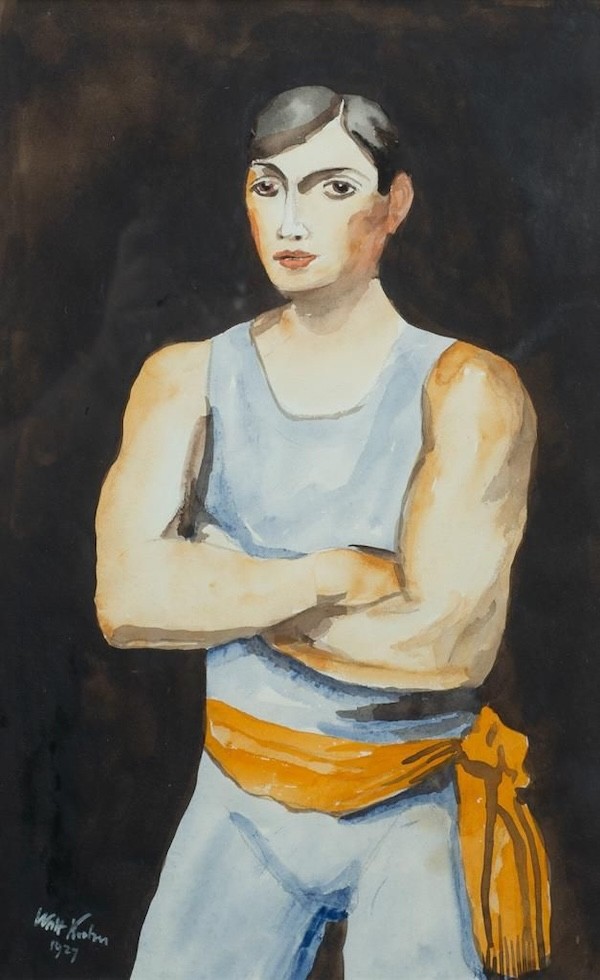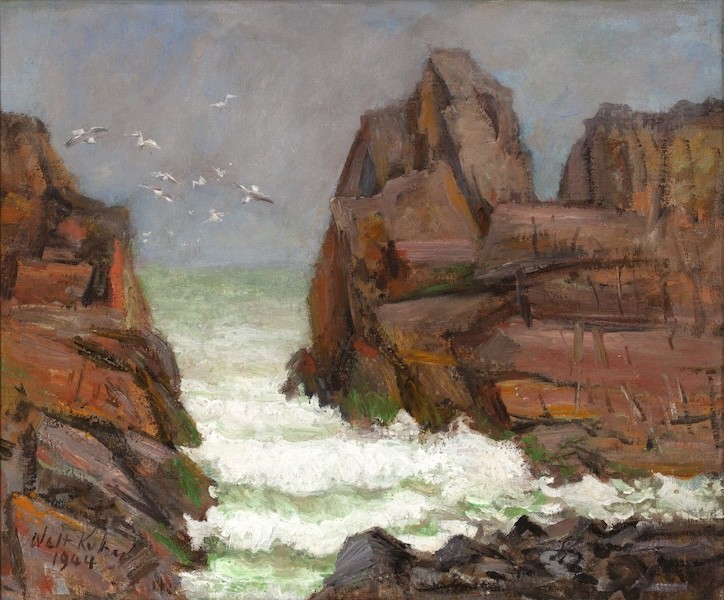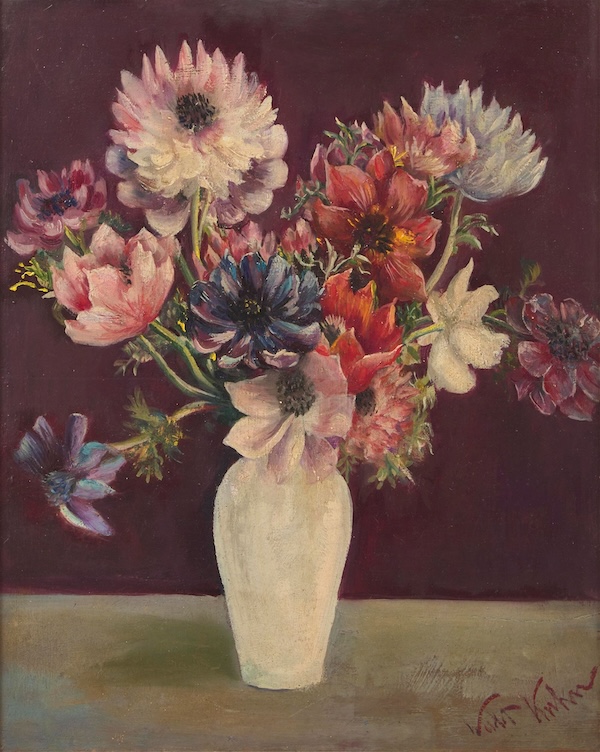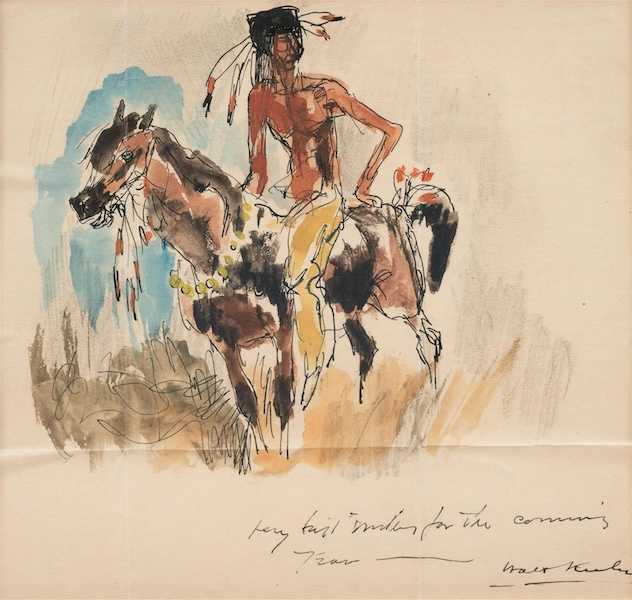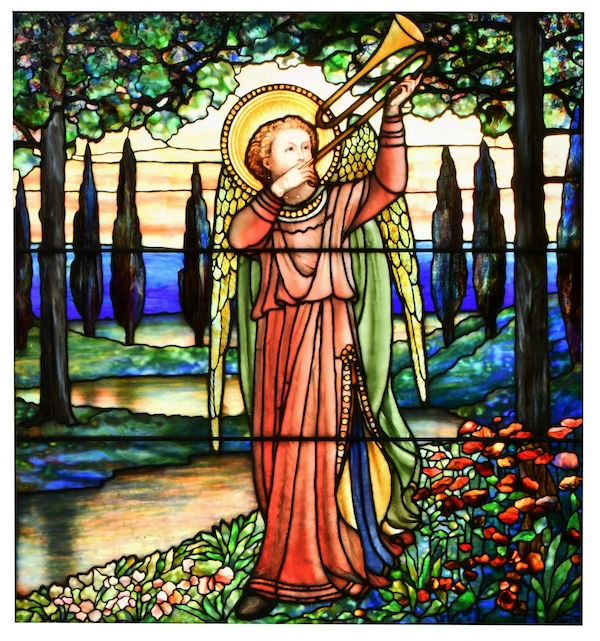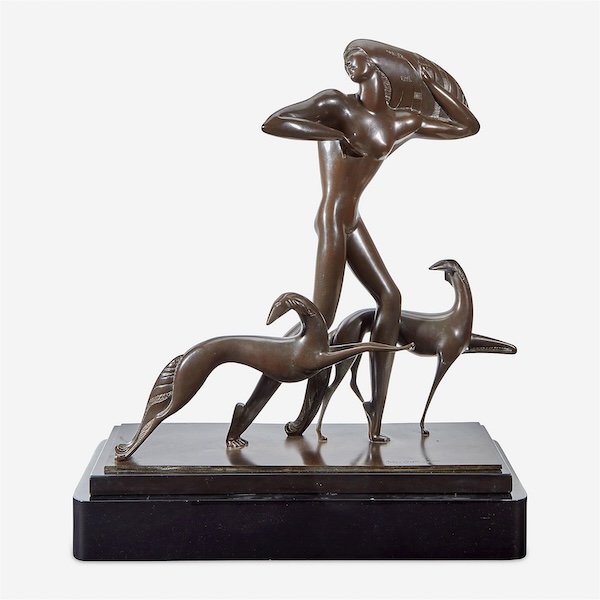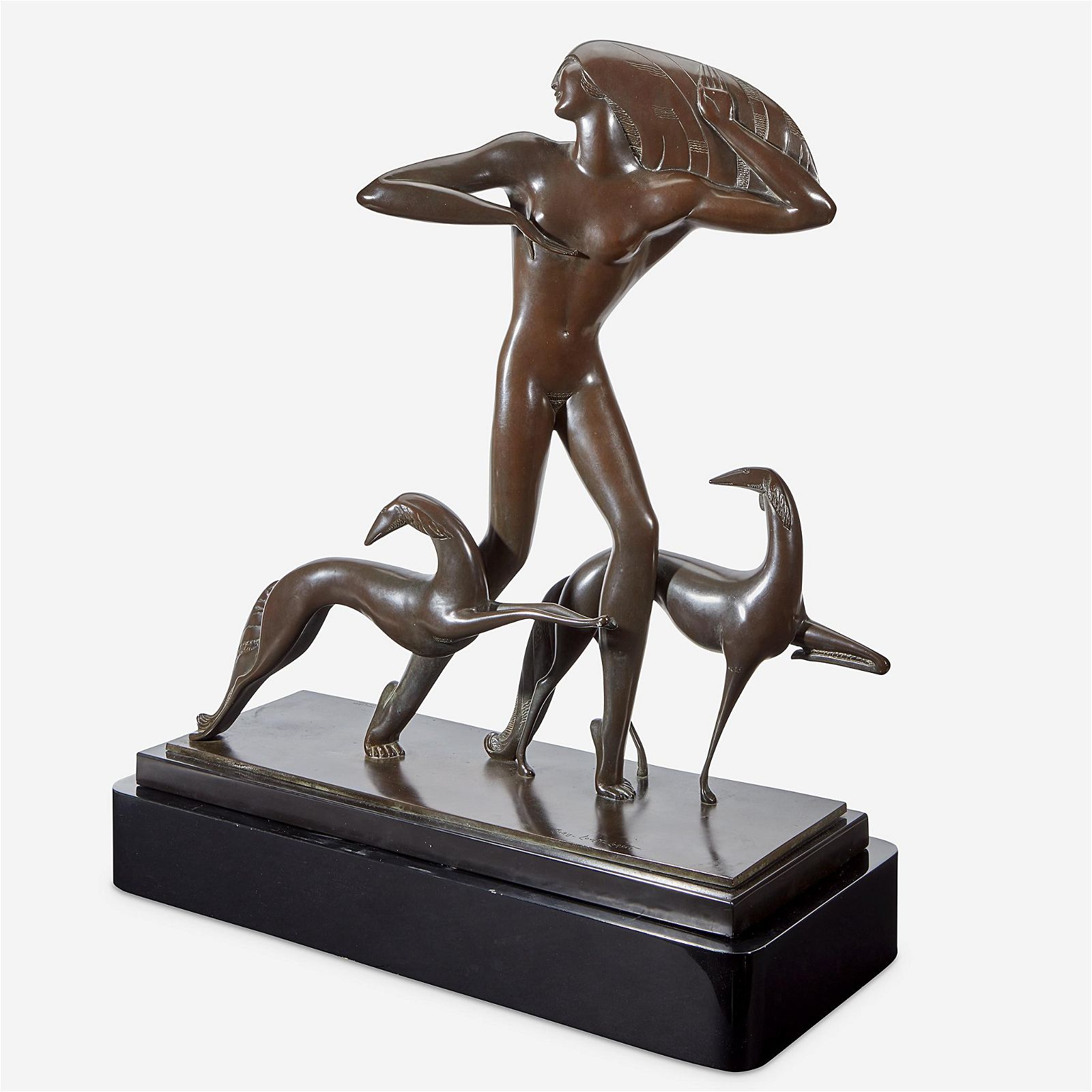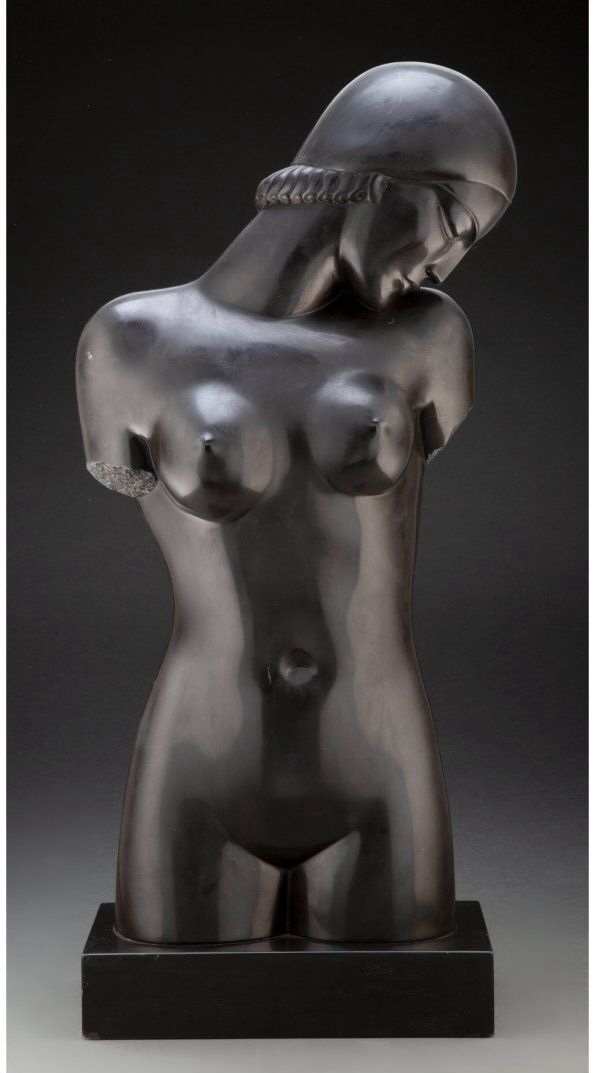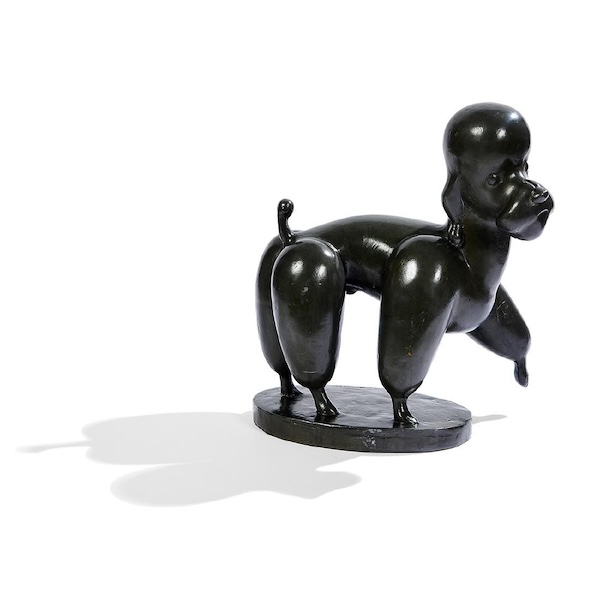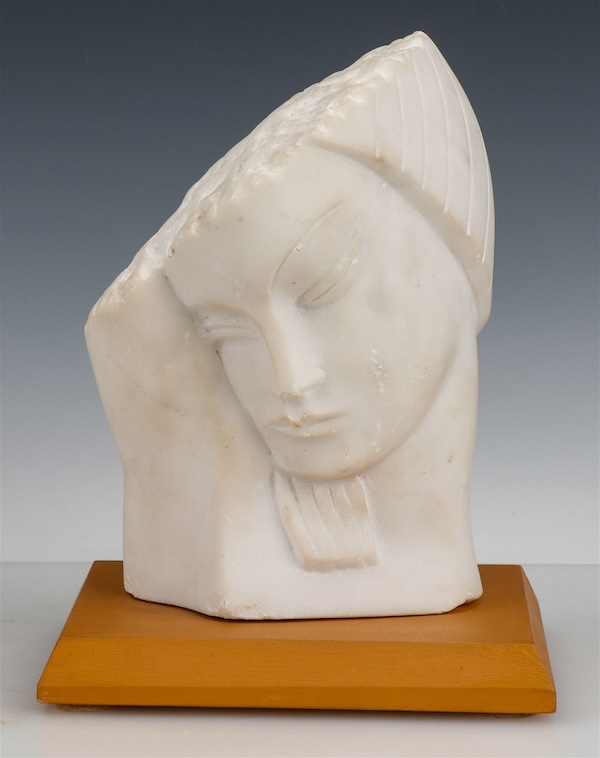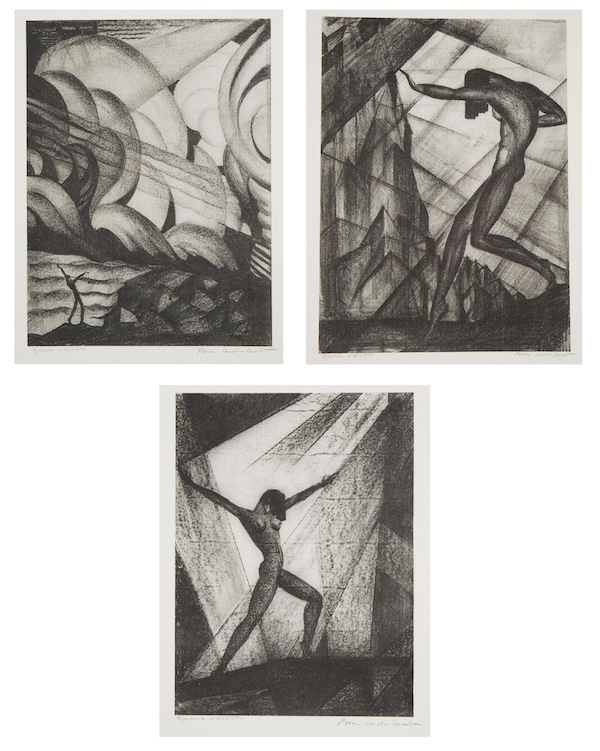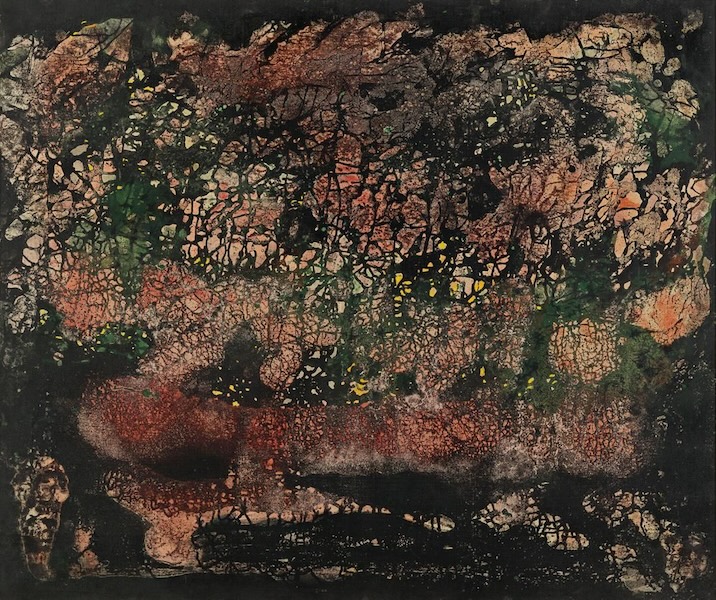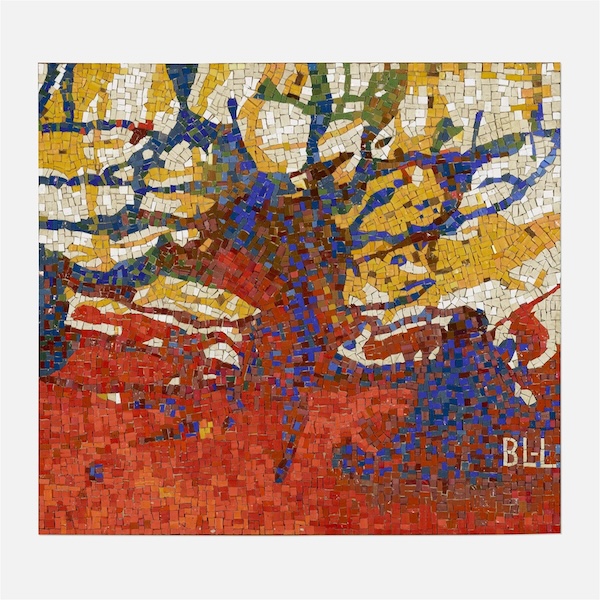NEW YORK – French industrial designer Philippe Starck (b.1949-) has dedicated himself to democratizing style, placing sleek and attractive objects in reach of the average person. He has designed hundreds of everyday items, including coffee pots, kitchen utensils, lamps, toothbrushes, and furniture that appeals to a wide audience. Yes, he has also turned his talents to inherently exclusive items such as yachts, motorbikes, and custom furniture, but many of his most renowned pieces can be had for under $1,000. The 75-year-old has been designing items for major retailers, even dabbling in technology and AI. His first Target collection, consisting of 59 everyday objects for the home, debuted in 2002.
Starck got his big break in the 1970s after designing the interiors of two nightclubs in Paris. François Mitterrand, France’s president at the time, saw his work and called on Starck to revamp a private apartment in the Élysée Palace. Within a few years, Starck was a go-to designer, tapped to create custom furniture for elite hotels in the United States. A set of three of his distinctive-looking bar stools for the Royalton New York in 1988 earned $4,200 plus the buyer’s premium at Wright in January 2023.
It’s not easy to describe Starck; terms such as ‘bold’, ‘subversive’, and ‘boundary-pushing’ come to mind, but they don’t adequately sum up the man. It’s equally challenging to categorize the style of his work, as his designs have varied widely throughout his career as he has adapted his aesthetic to meet the needs of his clients. Overall, it’s safe to say his designs all seem to share a common goal: to prompt people to think about how they interact with and use everyday items, from his pronged toothbrushes to his desk lamps with a tilted on/off switch to his bar stools that are meant to be leaned against instead of sat upon.
Starck’s approach to lighting defied traditional styling, as evidenced by his 1979 Easylight floor lamps for Electroma, which look more like batons than lamps. A pair made €13,000 ($13,855) plus the buyer’s premium in October 2023 at Quittenbaum Kunstauktionen GmbH.
Sophisticated collectors clamor for Starck custom designs and one-offs, some of which have attained prices ranging from $10,000 to $25,000. His Tom Double standing mirror, designed in 1985 for the French company 3 Suisses, seldom appears on the market today. The only one in the LiveAuctioneers sold items database achieved €25,000 ($26,660) plus the buyer’s premium in January 2023 at Maison R&C Commissaires-Priseurs Associes.
“I think he is a super-important designer, and his range of design work really goes across the board,” said Richard Wright, CEO of Rago/Wright. “I have sold about 138 of his pieces, and I think only eight have sold over $10,000, so it’s a very interesting time to look at his work. A really smart collection can be built today.”
Wright predicted that as the market for Starck’s designs grows in value, many more notable pieces will emerge from the collections of prescient buyers who have held onto them for decades.
Designers can be idiosyncratic or quirky, and Starck displays this predilection in the unique way he names his designs. His biomorphic glass-topped Pepper Young coffee table takes its moniker from a character in the 1969 sci-fi novel Ubik, by Philip K. Dick. This book must have been a personal favorite of Starck’s, as he also renamed his first industrial design company from Starck Product to Ubik. Featuring globe-shaped supports that add stability to the design, the Pepper Young table was first released in 1978. One made $2,800 plus the buyer’s premium at Wright in January 2024.
Starck’s product names can be whimsical as well, as with his Prince Aha table and his Dr. No chair, both designed for Kartell. Other names are inspired by the people who commission the items. This was the case with Starck’s WW Stool, which appeared in 1988 by the request of German filmmaker Wim Wenders. A pair of these stools that dated to 1990 realized €11,000 ($11,725) plus the buyer’s premium in June 2023 at Quittenbaum Kunstauktionen GmbH. According to the Design Museum Ghent, Wenders asked Starck to design a chair that would permit him to work while standing. Starck came up with a sculptural stool that took inspiration from how plants grew.
Another inventive piece was his MacGee bookshelf, a design for Baleri Italia in 1984, in which he simplified the concept of a bookshelf. The vertical support holding up the five shelves was inclined in order to allow the unit to lean against a wall. A pair of MacGeebookshelves realized €6,000 ($6,395) plus the buyer’s premium at Piasa in December 2020.
His most famous design is also among his most affordable: the Louis Ghost chair, made of transparent acrylic. A single limited edition 10th anniversary example of the Louis Ghost, released in 2012 by Kartell, sold at Wright in August 2022 for $1,100 plus the buyer’s premium.
While Starck’s current focus is on designing ecologically sustainable products, his works from the 1970s and 1980s are what furniture collectors chase. A colorful glass coffee table created for Daum Crystal Nancy in 1988, named Trois Étrangetés sous un Mur (Three Strangers under a Wall), achieved €5,200 ($5,540) plus the buyer’s premium in October 2023 at Quittenbaum Kunstauktionen GmbH.
Starck has created a wryly witty, modern, and functional body of work that achieves the near-impossible: almost everyone likes it. “I think Starck is arguably among the first designers who really hits it with scale. He was bringing good design to the masses and he made these beautiful objects inexpensive,” Wright said. “He worked from high end, one-off bespoke to mass-produced plastic and was able to maintain his design aesthetic while changing materials. That can be hard to do.”


